|
By Connor Ross Nachusa Restoration Technician It should go without saying that 2020 has been a pretty, let’s say, interesting and hectic year so far. The ongoing COVID-19 pandemic delayed the start date for the 2020 crew to the beginning of June also disrupted the scheduled prescribed burns earlier in the year. A diminished burn season, with one of the wettest Mays on record, means that our native vegetation has grown thicker and that the invasives have started to strike with a vengeance. The 2020 crew thus faces some unique challenges, especially as we are a smaller bunch this year, but we have already covered lots of ground and are ambitiously weeding and seeding. Our main focus these last few weeks has mostly been on controlling invasives. Already, we have been showering king devil, sweet clover, and birdsfoot trefoil with herbicide. Oxeye daisy and the occasional alfalfa plant have been sprayed when convenient, but unfortunately, the late start to the season means that we have been unable to control red clover. Nonetheless, the four of us have traversed quite a bit of acreage; we managed to sweep a full 70 acres for sweet clover on June 5th! Seed collection is ongoing and will increase as the season progresses. Already we’ve collected pussytoes, lots of wood betony, and the lovely prairie smoke! We’ve also learned that an abundant harvest of dwarf dandelion seeds won’t even constitute a handful, prairie ragwort will make you sneeze, and that you need an abundant supply of pantyhose to collect Hill’s thistle seed. The 2020 crew looks forward to collecting as much as we can this summer and dealing with the unique properties of each seed, from bunches of spiderwort that’ll dye your hands blue to the aptly-named porcupine grass seeds that will stab you through your work gloves! Meet the Crew
0 Comments
By Mary Meier Nachusa Grasslands volunteer Each May, Nachusa Grasslands’ staff and stewards usually dread the appearance of one of our major weed adversaries, reed canary grass (Phalaris arundinacea — RCG). This year, however, we may welcome the opportunity to attack the invaders, if and when we are released from our “stay at home” restrictions. The prospect of heading out into the field laden with herbicide backpacks is very appealing right now. What is reed canary grass? RCG is a coarse, cool-season perennial grass with erect hairless stems that grow from 2 to 6 feet tall. Densely clustered single flowers at the top of each plant change from green to purple to tan in late spring. Shiny dark brown seeds form during the summer months and shatter easily. Reproduction takes place both by seed dispersal and underground rhizomatous roots that create a thick, impenetrable mat just under the soil. Seeds can float down waterways and also spread via animals, humans, or machines. For example, Nachusa’s bison and deer populations may brush up against the plants and then carry the seeds in their fur. Where does reed canary grass grow? The plants thrive in moist areas, including marshes, swamps, prairies, meadows, fens, stream banks, and swales. It is especially abundant in disturbed wetlands, but can also appear in high quality native habitat. How did reed canary grass arrive in northern Illinois? Since the 1800s, agronomists have encouraged planting RCG for forage and erosion control. Some states prohibit selling the seeds, but Illinois does not. A native species actually exists, but it is almost impossible to distinguish from the more aggressive Eurasian variety. At Nachusa Grasslands we strive to eradicate all occurrences of RCG in order to diminish its ecological threats. Why does reed canary grass cause problems in our natural areas? RCG forms large monocultures, crowding out native species and building up a tremendous seed bank that germinates year after year. The thick thatch that forms from rhizomes and collapsed stems is especially problematic, as it prevents more desirable seeds from germinating. RCG, therefore, reduces native plant and insect diversity, while providing little shelter or food for wildlife. How do we manage reed canary grass at Nachusa Grasslands? Spraying grass herbicide is our main approach. The staff and stewards treat RCG with Intensity, a post-emergence grass herbicide (1% clethodim). Even though clethodim does not kill the plants’ roots, it helps set back the grasses and allows sedges and forbs to move in. Around waterways and high-quality natural areas, the crew uses the same formula with extra caution to reduce overspraying. What are some other reed canary grass control methods? Research and experience show that burning and mowing can actually stimulate regrowth of RCG but may also be useful in removing thatch prior to overseeding. Digging up rhizomes is labor-intensive and disturbs the soil, so other weeds may then invade the site. In small patches, cutting off the seed heads and disposing them off-site can be effective when combined with herbicide application. Covering with shade cloths is another option for large infestations. As with all weed management projects, best practices depend on overall goals and objectives, the size, distribution, and location of RCG infestations, willingness to use herbicides, and available human and equipment resources. In addition, every method requires follow-up monitoring, treatment, and establishing native species as we strive to extirpate this very challenging invasive species. Mary Meier has been a dedicated volunteer at Nachusa since 2002. She is currently an officer for Friends of Nachusa Grasslands, an Autumn on the Prairie festival organizer, and a member of the social media team. Along with her husband Al, she stewards the Dot and Doug Wade Prairie Unit, which is about half restoration and half remnant.
By Leah Kleiman Amur honeysuckle (Lonicera maackii) is a perennial shrub native to temperate Asia and is invasive in the Midwestern United States. It now infests many savannas and woodlands and is difficult to eradicate. Bill and Susan Kleiman and I are co-authors of a study recently published in the journal Ecological Restoration, titled “The Successful Control of Lonicera maackii (Amur honeysuckle) with Basal Bark Herbicide” (http://er.uwpress.org/content/36/4/267.full.pdf+html). Our study looked at the efficacy of basal bark application, where a mineral oil solution of herbicide is sprayed in a 6-inch band on the bark without cutting the plant. Our study found 100% mortality with basal bark treatment. A variety of other treatment methods are used to battle honeysuckle. Manual pulling works well on small individuals in soft ground, but becomes impossible with larger sizes. Cutting and treating the stumps with herbicide is effective, but very time-consuming. We recommend the cut-and-treat method for sensitive high-quality areas. A foliar spray of herbicide is effective and efficient, but will have much more off-target damage and can only be used in the growing season. Fire is a useful tool in keeping brush at bay, but it will only top-kill shrubs. The basal bark method is efficient, effective in all seasons, and has minimal off-target damage. Some things to keep in mind: 1) Re-treating is important for success. One treatment is not enough. Some shrubs will inevitably be missed, and yearly recruitment will occur until the seedbank is exhausted. 2) Honeysuckle treated in the dormant season may still leaf out and die later in the growing season. So if you notice this, it does not mean that your treatment has failed, but rather that you need to check back at a later date (typically late summer/fall). Our study concludes that basal bark treatment paired with regular fire is the optimal way to eradicate honeysuckle invasions. For more information on treating honeysuckle with basal bark, see the February 3, 2019 blog post “A Study on Controlling Amur Honeysuckle (Lonicera maackii)” by Kaleb Baker.
By Jeff Cologna and Joy McKinney
Each steward at Nachusa Grasslands has a fascinating personal tale, often involving stories of sacrifice, setbacks, and success. Together, with the resources of The Nature Conservancy, volunteers, donors, and Illinois Clean Energy Community Foundation, stewards work hard to ensure Illinois prairie is not merely a fading memory, but a lasting reality for all future generations. Mike Carr, one of these amazing stewards, shared a few stories from the past with us. The following paragraphs highlight those early days. Mike’s story began as a boy whose father loved the great outdoors but "bemoaned endlessly about all the invasive plants.” His father, Francis Carr, taught him about invasive plants and how to identify trees by their bark, enabling him to identify them all year ‘round. Little did he know back then that these skills and a disdain for invasives would serve him so well at Nachusa. In the Spring of 2010, soon after “getting away” from the city of Chicago, Mike found himself “banging on the door” of Bill Kleiman, Nachusa’s Director. Early in their discussions, Bill explained how critical fire is to restoring and maintaining healthy prairie landscapes. Experience managing fire became a top priority. Mike quickly completed a 40-hour online fire certification class leading to an absolute “love of fire” as well as the acquisition of key skills for participating in controlled burns. Mike was then challenged by Bill Kleiman and Cody Considine, restoration ecologist at Nachusa, to take on a unit of his very own which would later be named Big Jump. We asked Mike why the 350-acre unit was given this interesting moniker. Apparently, it was the result of a naming contest among stewards. His unit is basically “a long way from the HQ.” Due to the number of high-quality remnants within its boundaries, Mike’s restoration activities have opened up the landscape, enabling unseen natives such as porcupine grass, arrow leaf violets, and blue-eyed grass to show themselves, surprising and delighting Mike. Every year he discovers new “surprises” that weren’t there before. “The whole hillside of one remnant is filled with violets in the spring and another remnant with Carolina rose, bird’s foot violet, comandra, and pussy toes. Mike focused his efforts on a 23-acre plot within the unit which is now known as “Orland Prairie." In the beginning of restoration, Mike shared that Orland Prairie needed some kind of push to get rid of all the invasive woodies (shrubs and bushes) so the prairie could find its way. In the last 10 years, Nachusa’s Fecon mower was used to knock down the invasive woodies. Seed, collected by combine, was then spread on the area, beginning the restoration process. Unfortunately, woodies continue to dominate. Restoration efforts continue at Orland Prairie with the help of a generous grant from the Illinois Clean Energy Community Foundation. The grant is being used in part to purchase herbicide for continued eradication of the highly invasive autumn olive plant and other woodies. The application of the basal bark herbicide is highly effective. “If you stand next to an autumn olive and you tell it that you’ll come back with basal bark . . . it’ll just die!” Mike quipped. Basal bark applications have been used to successfully eradicate infestations of autumn olives, which at one time stood up to 15 ft high and covered the entire 23 acres. Mike shared that the herbicide is most effective after a fire.
Mike Carr is just one of the many dedicated men and women who have committed to making Nachusa Grasslands more than just a memory. We would like to thank Mike’s dad for inspiring him to be patient and dedicated to long term goals and above all, valuing and respecting nature. Come meet Mike on the March 2nd workday to see the Orland Prairie and experience the whimsical beauty of Nachusa Grasslands!
By Kaleb Baker
Amur honeysuckle (Lonicera maackii) is an invasive shrub that flourishes along forest edges and in open woodlands such as those at Nachusa Grasslands. Amur honeysuckle shades out native flora with its early leaf-out and prolonged leaf retention, and when left uncontrolled, can produce a near monoculture, threatening biodiversity.
Land stewards everywhere have implemented a variety of different eradication methods, including hand pulling, cut-and-treat with herbicide, foliar-applied herbicide from backpacks or helicopters, basal bark herbicide treatments, and prescribed fire. Continuous treatments and monitoring are needed to eradicate Amur honeysuckle, making the cost, effort, and time requirements of controls important.
Knowing the efforts we go through to manage honeysuckle, as well as the amount of conjecture surrounding the best practices, I worked with my advisor Dr. Nick Barber to study how effective basal bark treatments and prescribed fire are at controlling honeysuckle., I decided to study how effective basal bark treatments and prescribed fire are at controlling honeysuckle. Basal bark and fire are regularly-used control methods at Nachusa. Basal bark treatments involved spraying a 20% solution of triclopyr herbicide around each plant’s base from a backpack, which was both quick and easy. In this study I included 800 individually-marked Amur honeysuckle at 5 different sites within Nachusa Grasslands and Franklin Creek State Natural Area. Basal bark treatments were applied in fall 2017, winter 2018, early spring 2018, and late spring 2018 to see if the season of application affected the mortality of honeysuckle or the extent of damage to non-target flora. Prescribed fire was administered to half of each of the 5 sites in spring 2018. I then checked mortality in the early fall of 2018 to allow the honeysuckle time to either drop its leaves and regrow them (falsely dead) or to retain its leaves for an extended period of time before dying (falsely alive).
I found that basal bark applications were equally effective at killing Amur honeysuckle, regardless of treatment timing. The combined mortality rate of herbicide treatments was 98.4% across all herbicide treatment seasons, compared to a 2.5% mortality with no basal bark treatment. Prescribed fire did not impact mortality positively or negatively.
I also placed a 1m2 quadrat around 200 Amur honeysuckle to measure off-target damage to the plant community in spring 2018, finding a decrease of living cover equating to about a 10-inch radius. The off-target “ring of death” did not differ based on fire treatment or basal bark season.
I was lucky to receive a grant from the Friends of Nachusa Grasslands where I will be able to return in May 2019 to resample the off-target vegetation quadrats to evaluate how quickly the flora recover from the various treatments.
From my current results, I highly recommend using basal bark treatments to control Amur honeysuckle for all but the highest quality of areas. The speed and ease of use allow managers to cover large swaths of invaded areas across fall, winter, and spring seasons. The standing dead material from the honeysuckle can be reduced with a masticator or brush mower in the non-growing season or with regular prescribed fire, which should be implemented anyway.
Kaleb Baker is a Master's Candidate at Northern Illinois University, focused on natural areas management practices, and current Stewardship Committee Chair for Franklin Creek Conservation Association.
By Dee Hudson What does a degraded landscape look like? Take a good look at the image below. The two volunteer stewards can barely walk through this dense thicket of invasive bushes. The sheer number of invasives that reside here have crowded out most other species, and as a result, have limited the possible diversity. In addition, when leafed out during the summer time, the bushes block the sunlight from reaching the ground and therefore discourage native species from growth. As Orland Prairie’s land steward, Mike Carr led the December 8 Saturday workday into this gnarly section in the attempt to eradicate the invasive brush. At the end of the day, each volunteer stewardship hour was carefully logged, because Illinois Clean Energy Community Foundation has approved this particular habitat as a grant project. When 400 volunteer hours of habitat care have been recorded, Illinois Clean Energy will present $4,000 to Friends of Nachusa Grasslands. What species are targeted for removal?
How is the brush eradicated? On this workday the volunteers treated the brush with basal bark applications. The treatment was applied to the base of the bush with either a backpack sprayer or a hand sprayer. What does a restored landscape look like? This landscape is also a part of the 23-acre grant project. The area once looked very degraded, but with basal bark treatments and prescribed fire, the brush understory was removed. Then prairie seeds were planted and the photo above shows the successful restored results. This area has been given new life and is on its way to recovery. Who restores these habitats? Anyone who wants to make a difference can help with restoration!
Next ICE Grant Workday Join fellow volunteers on December 22, 2018 for the next ICE Grant Saturday workday. Meet at Nachusa’s Headquarters Barn before 9 am and be ready to restore habitat. If you have any questions about the workdays, check the Friends of Nachusa Grasslands website. Let’s make a difference together! Connect with Illinois Clean Energy Community Foundation: @illnoiscleanenergycommunityfoundation
#CSgrantsIL #NAicecfdn By Leah Kleiman Summer is a busy time of year on the prairie with invasive weeds sprouting up and native plants going to seed. That's why every year Nachusa hires half a dozen seasonal staff to keep up with the workload from May through November. Typically the hired staff are in their twenties and going into careers in ecological restoration/conservation. During May, June, and July we will spend the majority of our time spraying and spading invasive weeds in the hot sun to keep them from taking over the prairie plantings. Backpack sprayers are used to apply herbicide to weeds such as sweet clover and bird's foot trefoil until they start going to seed. Then we will pull them by hand. By mid-August weed season is over and it's time to focus on seed collection. As each native plant species ripens, the crew will go out and collect them by hand in buckets and barrels. We may collect anywhere between a few ounces to several hundred pounds, depending on the species size and density. After the seed is collected it will be dried on racks in our seed barn and then milled to separate the seed from the chaff. In the late fall the crew will spread the seed we collected in brand new plantings that have not seen prairie in recent years. This year we will plant several areas with a range of habitats. For the most part the seed mixes will be spread using seeders pulled behind trucks and utility terrain vehicles. The crew of 2018 has already covered a lot of ground in weed sweeps and collected some precious prairie plants. Stay tuned for another crew report in the fall! Meet this year's hardworkersNathaniel Weickert is the crew leader, and this is his second summer working at Nachusa. He is from Rockford and received his Bachelors in Biological Sciences from NIU in 2015. He hopes to acquire a Masters degree and continue working in the field of restoration and conservation. In his free time Nathaniel enjoys reading, hanging out with his friends and family, and producing art. Avery Parmiter is from Connecticut and earned her B.S. in Environmental and Natural Resource Management from Clemson University in 2015. Avery would like to continue to be based in the field of conservation and looks forward to furthering her knowledge about restoration ecology in her second year at Nachusa. In her free time she enjoys traveling and exploring natural areas. Kim Elsenbroek is from Kingston, Illinois and earned her B.S. in Plant Biology from Southern Illinois University at Carbondale in 2012 and her M.S. in Evolution, Ecology and Behavioral Biology in 2015 from Indiana University at Bloomington in 2015. She was also on the crew in the fall of 2015. Kim aspires to continue working in the field of restoration and conservation as a practitioner, researcher, and/or teacher. In her free time Kim is a dancer and dance teacher/choreographer at Dance Dimensions in DeKalb. Tyler Berndt is from Minooka Illinois. He recently graduated from Southern Illinois University at Carbondale with a BS in Zoology Wildlife Biology and is currently seeking graduate level opportunities. Tyler had previously worked at Nachusa as an undergraduate ornate box turtle technician. He values learning more about the political and interpersonal deliberations needed to connect fragmented habitats and human dominated ecosystems. Tyler would like to be a consultant or coordinator for organizations like The Nature Conservancy and the USDA Forest Service. In his free time he enjoys exploring state and national parks, historical sites, and cities. Karey O'Brien is from Minooka Illinois and graduated with a B.S. in Environmental Science from Lewis University. She recently worked at the Forest Preserve District of Will County as a Natural Resource Management Seasonal Laborer. Karey hopes to improve her plant identification skills and continue learning more about natural areas management while here at Nachusa. In her free time Karey enjoys hiking, biking, and watching movies. Leah Kleiman is a volunteer. This is her second summer working with the crew. She grew up on Nachusa and is working on her A.S. in biology at Sauk Valley Community College. Next year Leah will be transferring to Southern Illinois University at Carbondale to earn her B.S. in Plant Biology and Ecology. She plans to pursue a career in restoration/conservation. In her free time Leah enjoys sketching, hiking, swimming, and hanging out with her friends. Bios written by the individuals. Filling our backpack sprayers with herbicide before heading into the field. Once in the field, we line up and walk transects across each prairie planting searching for invasive weeds to spray. Picking violet wood sorrel (Oxalis violacea) on a remnant knob. This little prairie flower produces a seed close to the ground so spotting it can be difficult.
By Mary Meier What do 400 hours of volunteer stewardship, $7,000 in donations, and 100 hours of social media posts have in common? They are all components of the Illinois Clean Energy Community Foundation’s Community Stewardship Challenge Grant Program.
The Foundation encourages increased local support and participation in the care of habitat by providing grant funds as a match to local dollars raised and labor donated. Friends of Nachusa Grasslands has been approved for grants totaling $32,000 if we fulfill requirements under several categories:
Friends chose Nachusa’s Orland Prairie, a prairie remnant on the west end of the Big Jump Unit, for its habitat restoration project site. Volunteers have already begun attacking the 23-acre parcel that is heavily infested with the invasive shrub autumn olive. Non-native honeysuckle is also rampant in the area. Mike Carr, Orland Prairie volunteer steward, who has been working on the unit for several years, says, “I really enjoy brush clearing, especially the nasty stuff.” Both autumn olive and honeysuckle are some of the most tenacious foes that Nachusa’s volunteers battle. According to The Nature Conservancy, “Autumn olive is quickly becoming one of the most troublesome shrubs in central and eastern United States. High seed production, high germination rates and the sheer hardiness of the plant allow it to grow rapidly.” In addition, a University of Illinois extension website says, “Controlling bush honeysuckle is vital to the preservation of native ecosystems in Illinois. Bush honeysuckle currently poses one of the greatest threats to forest ecosystems in Illinois.” Saturday workday crews and individual volunteers are using herbicides to kill the woody brush invading Orland. Later this year and early next year, we will over-seed the area with native species collected during the harvest season, conduct prescribed burns, re-contour unsightly gravel pits, and remove non-native trees and large debris from fence rows at the site. Our long-term goal is to establish a diverse prairie planting on the 23-acre site, providing for long-term weed management and suppression of non-native shrubs and trees. Ongoing stewardship efforts, including volunteer labor, herbicide application, and controlled burns, will gradually help integrate the target area into the surrounding habitat.
How can you help Friends earn the stewardship grant? Volunteer for a Saturday brush clearing workday at Orland Prairie — the next one is on June 9. During the summer and fall, you can also help collect prairie seeds for Orland from the preserve. The Friends Social Media Team uses Facebook, Twitter, Instagram, and our website to promote volunteer opportunities.
You can also follow Illinois Clean Energy Community Foundation’s Community Stewardship Challenge Grant Program on Facebook and Twitter to learn more about the Foundation. Autumn has always been my favorite season. Oaks are my favorite trees. So, it seems fitting in "Oaktober" to write about oaks and oak woodlands At Nachusa Grasslands and other places in the Midwest, we are trying to restore the health of our oak woodlands. And really, our region is defined by the oaks. The Nature Conservancy calls our eco-region “The Prairie-Forest Border” between the grand prairie to the south and the mixed woodlands in neighboring states to the north. The area was historically maintained as prairie intermixed with oak savanna and woodlands by Native American nations. Natural plant and animal communities of the region were a direct result of Native Peoples’ use of fire on the land. Without fire, in “The Prairie-Forest Border,” the amount of rain we receive would have yielded dense forests. Many botanists have defined the various intergrades between savanna, open woodland, and closed woodland by the level of sunlight and density and species of trees. (See https://oaksavannas.org/) Today, much of our Illinois woodlands have become too shady to allow sun-loving oaks to grow. Shade is the enemy of oaks. Acorns in shade will not thrive after germination and the limbs of oaks will also die if shaded. How can we tell if the “woods” we are looking at was historically savanna or naturally shady? The presence of large, old oaks with limbs that stick straight out (or used to, but are dead now) indicate the area was likely savanna. An oak growing in full sun without other trees close by will grow limbs horizontally. Oaks that grow close together grow their limbs vertically to reach the sun. To give the oaks a fighting chance modern prairie restorers make use of controlled burns, as well as actual removal of invasive trees growing under and up into the limbs of the old sentinel oaks. We also remove the non-native bush honeysuckle (and other non-native shrubs) from the understory. Our region’s historic mixture of prairie interspersed with woodland types — from dry to wet, from open to somewhat shady — had an enormous species diversity of understory flowers, grasses, and native shrubs. If action is not taken by restorers, the result is a mud forest floor, impenetrable understory with honeysuckle bushes, and an overstory of dead oaks. Elms, maples, and other shade-loving fire intolerant trees move in to take the place of oaks and hickories. This combination of a solid thicket of invasive honeysuckle and loss of oaks gives hardly any habitat for animals. For example, deer and turkey dislike maple and elm, but they love acorns! Native oak-hickory savannas and woodlands in the region are disappearing along with bird species that depend on the open structure: red-headed woodpeckers, great crested flycatchers, and eastern bluebirds. Native wildflowers such as kitten tails, wild hyacinth, prairie lily, and starry campion along with grasses such as bottle brush rye, woodland brome, and long-awned wood grass will not grow in heavy shade. And there are the native shrubs: hazelnut, American plum, hawthorn, and Iowa crabapple! None of these tolerate shade either.
I encourage you to read up on oak woodlands, then take a hike. Explore the Stone Barn Savanna and see how we are doing. It’s a work in progress and sometimes messy, but we see the native oak savanna dependent plants and animals are thriving. Here are some great websites that discuss oak savannas: Pleasant Valley Conservancy—Oak Savannas Last of the Oak Savannas Survive in Minnesota What is an Oak Savanna? Written by Susan Kleiman, a Nachusa volunteer. Summer is the busiest time of year on the prairie with seeds ready to harvest and invasive weeds sprouting up. So every May Nachusa hires half a dozen seasonal staff to keep up with the workload. Typically the staff hired are in their twenties and going into careers in ecological restoration/conservation. The crew will spend most of the first half of the summer spraying and spading weeds in the hot sun, and then seeds will be collected throughout the summer and fall as they ripen. In the late summer and fall the crew will plant the seed they collected in a brand new planting that has not seen prairie in recent years. This year's planting is 84 acres! The crew of 2017 has jumped into the summer with great enthusiasm and the prairie is already much improved because of their labors. Meet this year's seasonal staff: Kaleb Baker — Crew Leader, on his third season he has been an incredible resource helping with many things, including the new Arc Collector Map service. Kaleb will be with us for a couple more months this summer before he attends NIU this fall to start his Masters’ Degree. Phil Nagorny — on his second season, he started with Kaleb back in March as our Lead Restoration Technician. He brings a deep skill set and experience operating equipment that we will take advantage of while he is here. He will also be attending NIU this fall to finish his undergraduate degree. Sebastian Schafer — who came all the way from Germany, has been interning with us since March. He is years ahead of most at his age. He is now heading back home to start his Master’s Degree. Nathaniel Weickert — from Rockford and recently graduated from NIU. Some of you will recognize him, since he has spent many Saturdays volunteering at Nachusa. Cody Cassidy — is from Rochelle and recently graduated from University of WI Whitewater. Cody is good with his hands, having grown up working with his dad’s heating and cooling business. Avery Parmiter — From Connecticut and a recent graduate from Clemson University. She brings an array of recent field experiences to Nachusa. Sandra Vaughn-Pottorff — Originally from Rockford, she recently returned from Hawaii where she studied environmental sciences. She will be enrolling in NIU to finish her undergraduate degree this upcoming school year. Leah Kleiman — who we all have seen grow and blossom into a mature young independent woman. She recently completed the second year of her Associate’s Degree at Sauk and is eager to gain more experience working on the crew. (Bios written by Cody Considine) Today's blog was brought to you by Leah Kleiman |
Blog CoordinatorDee Hudson
I am a nature photographer, a freelance graphic designer, and steward at Nachusa's Thelma Carpenter Prairie. I have taken photos for Nachusa since 2012. EditorJames Higby
I have been a high school French teacher, registered piano technician, and librarian. In retirement I am a volunteer historian at Lee County Historical and Genealogical Society. Categories
All
Archives
January 2024
|
CONNECT WITH US |
|
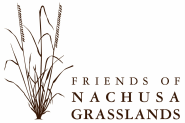
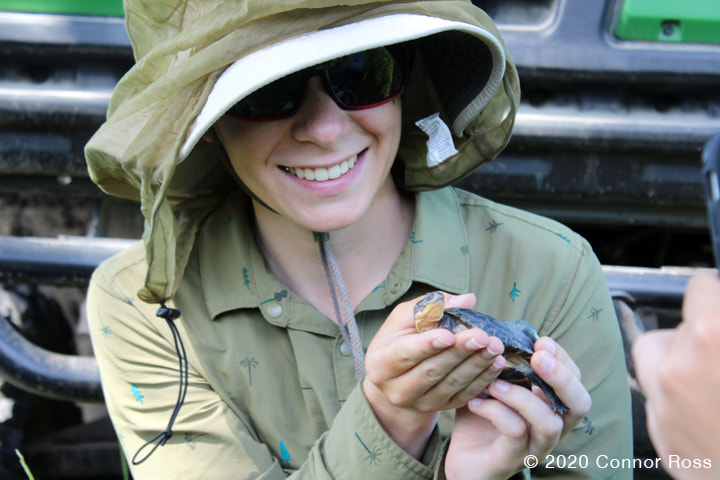
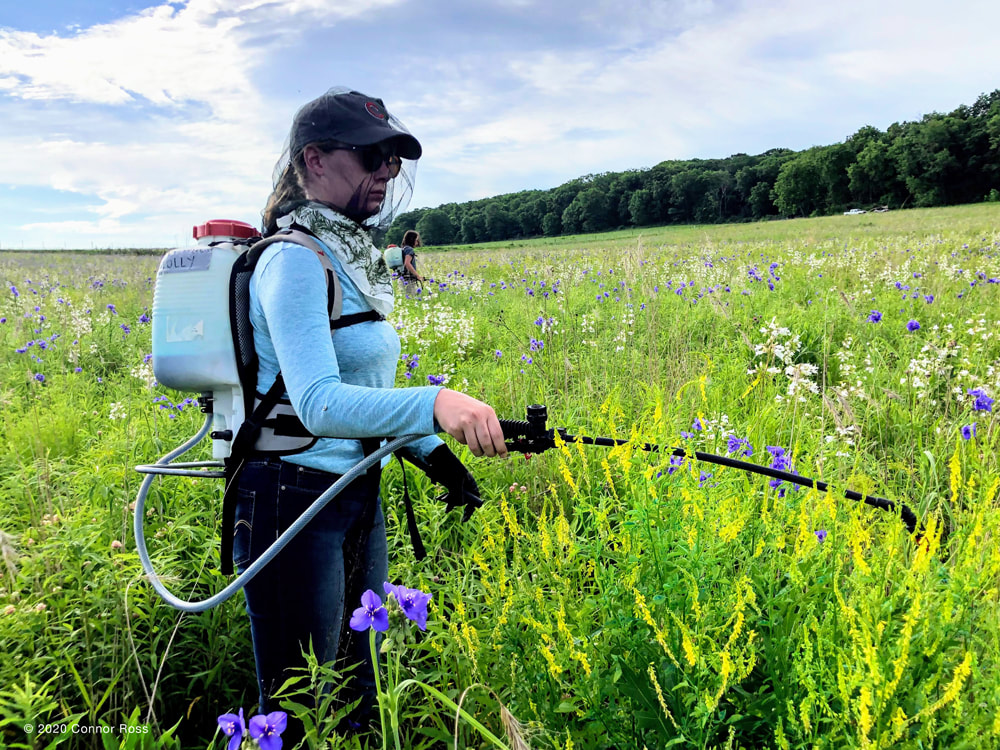
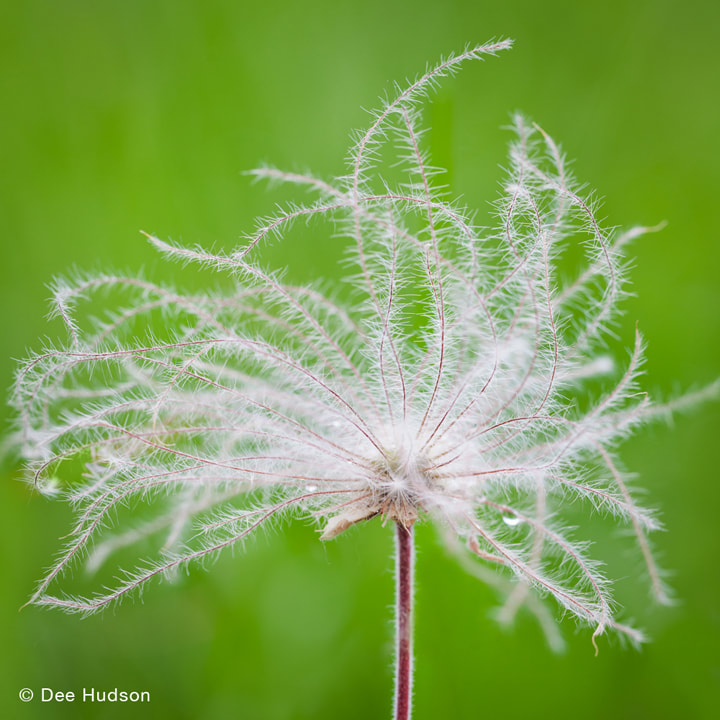
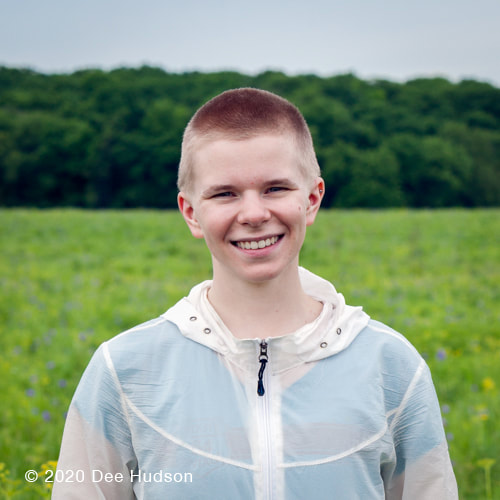
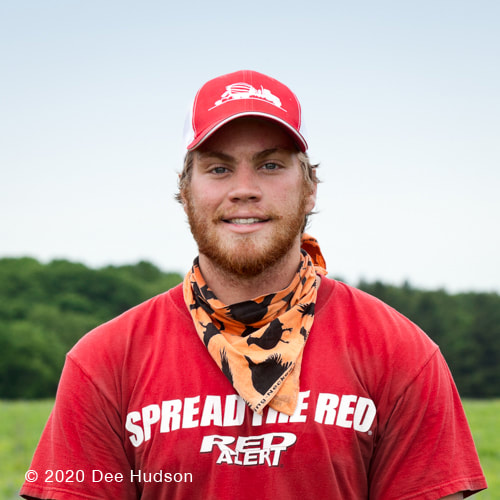
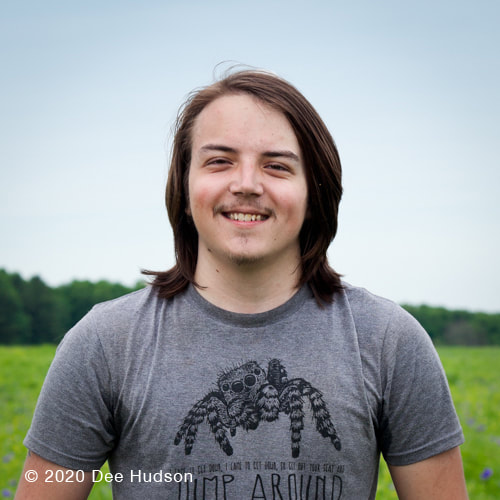
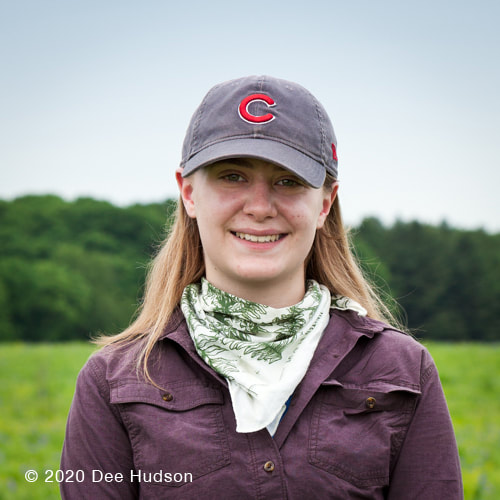
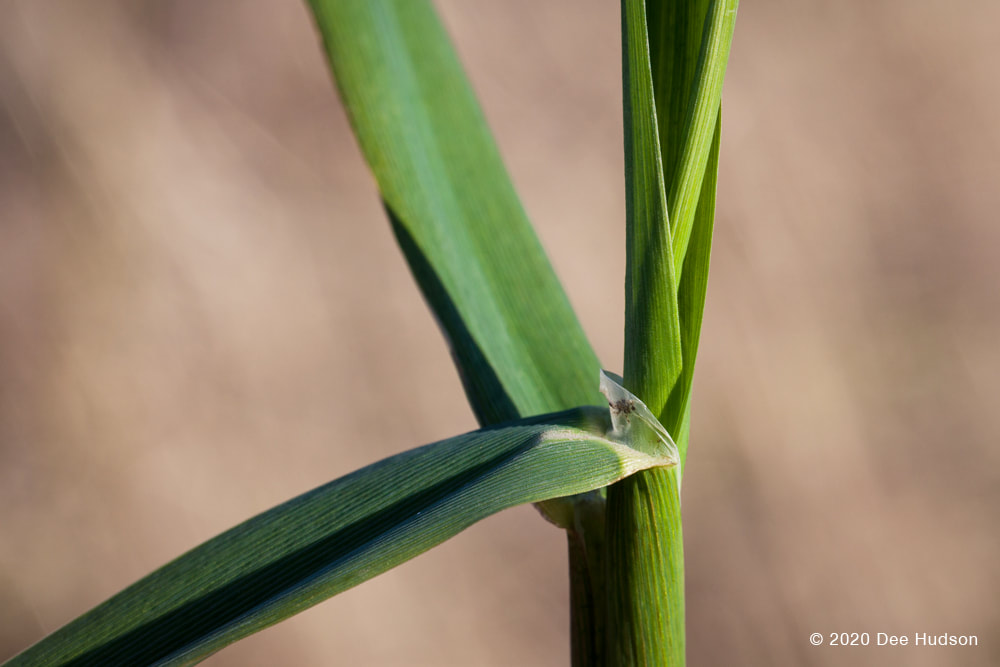
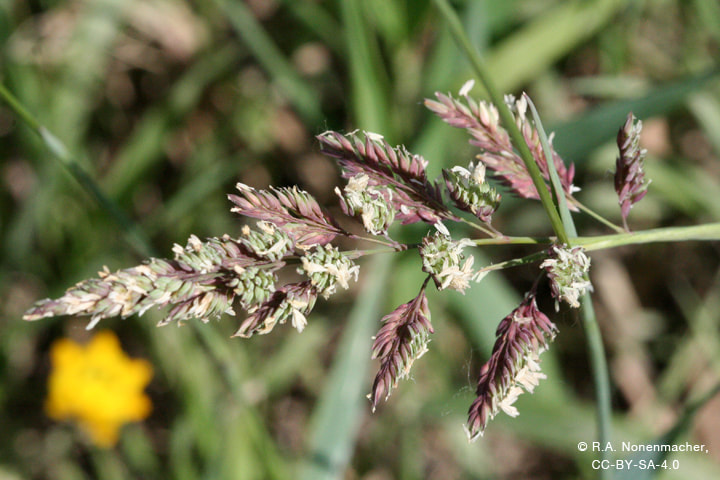
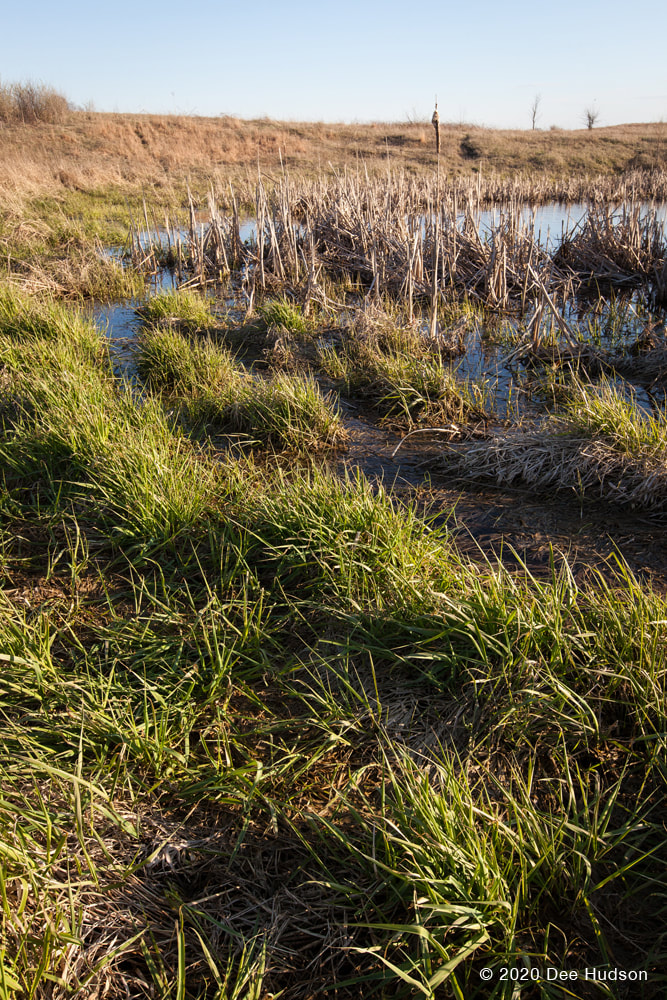
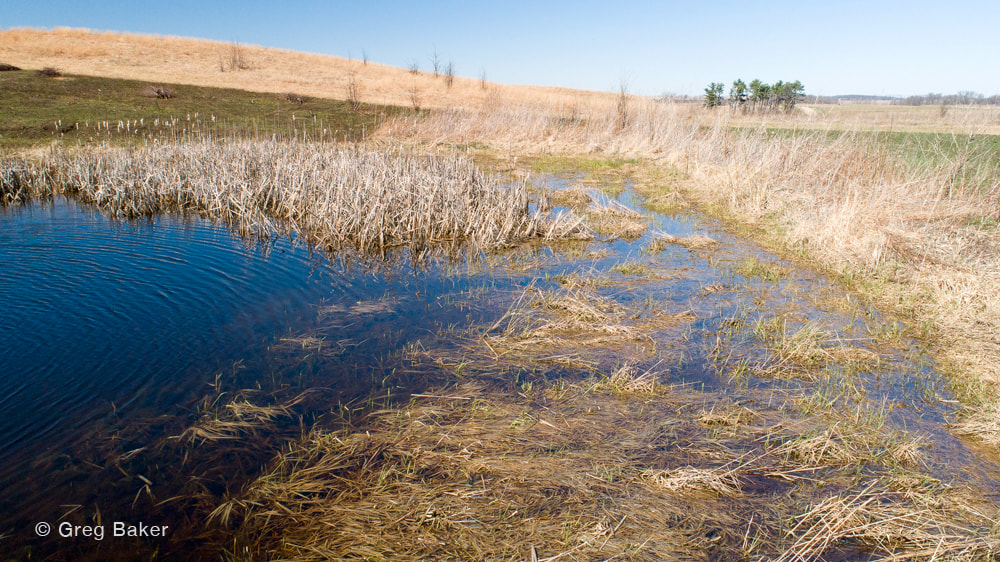
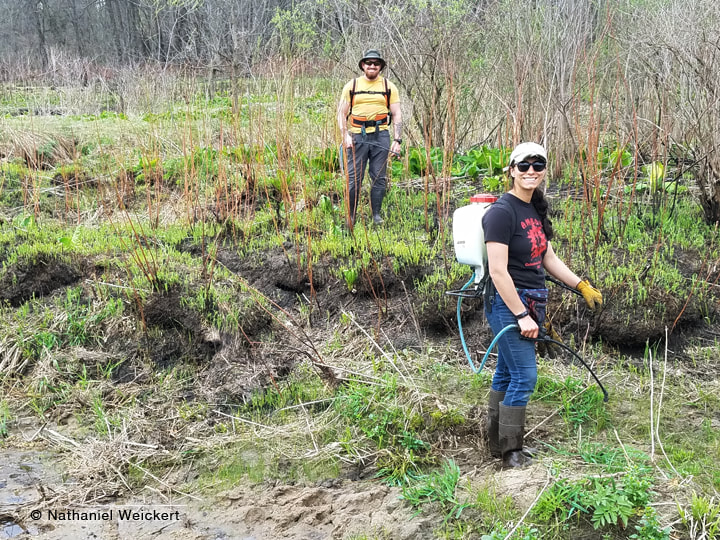
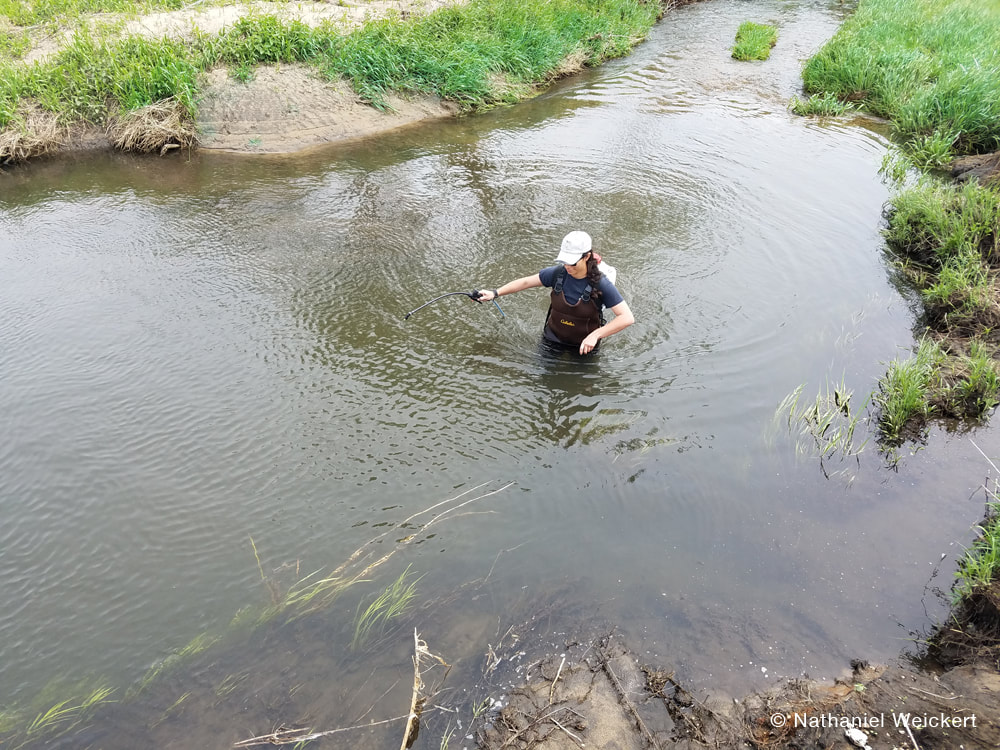
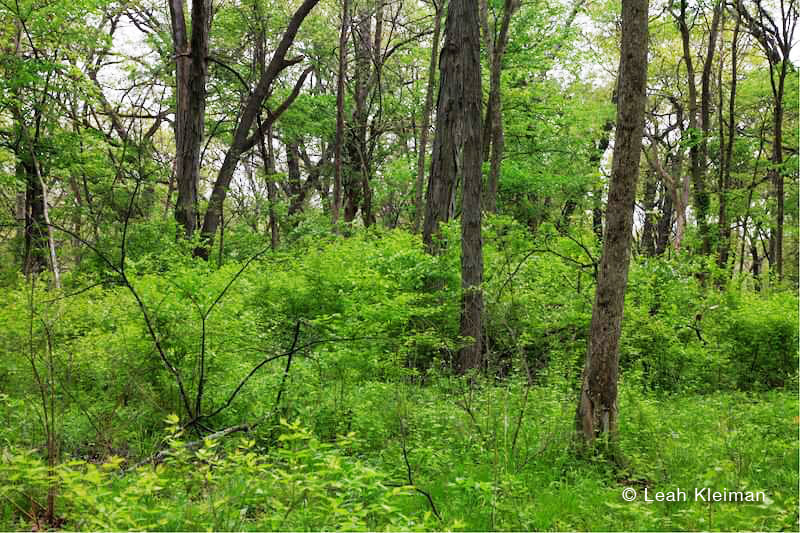
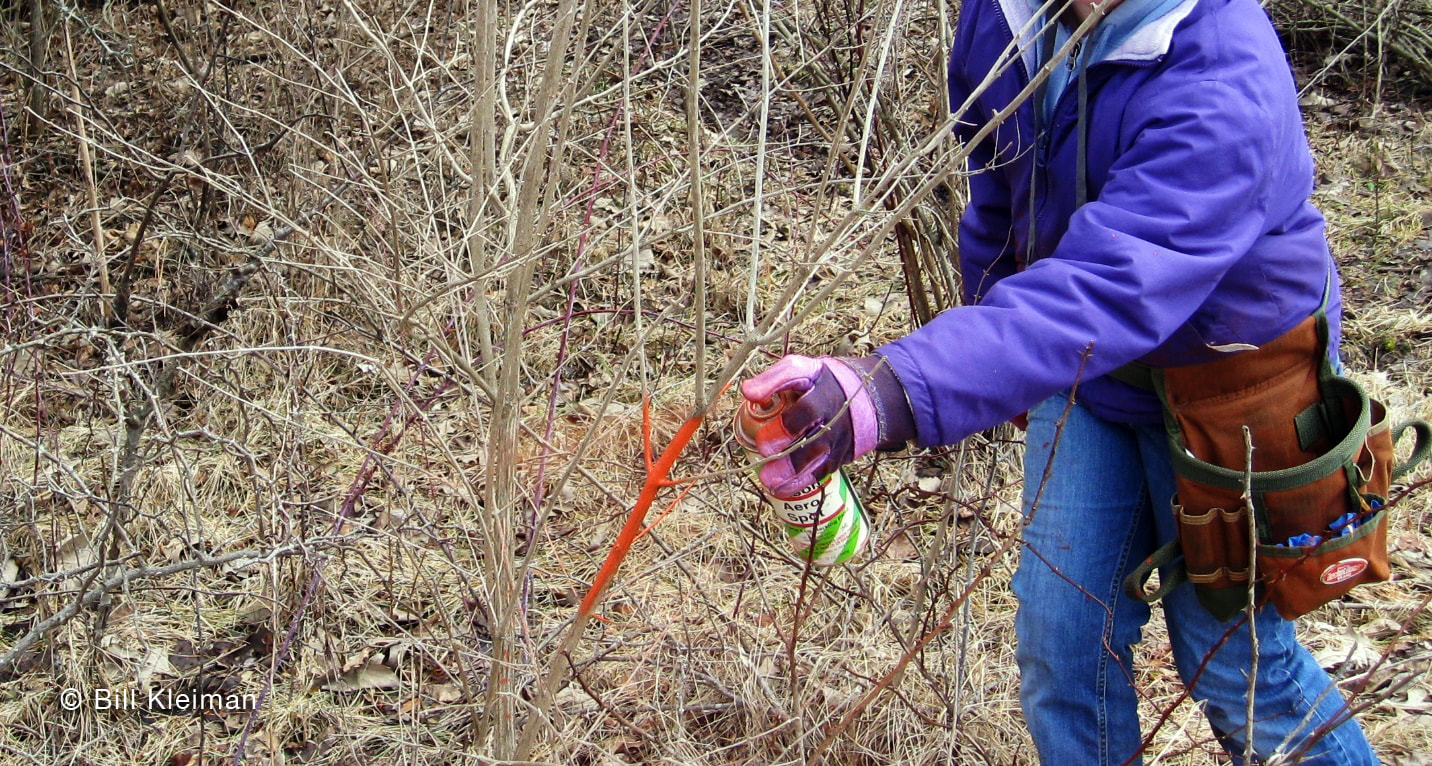
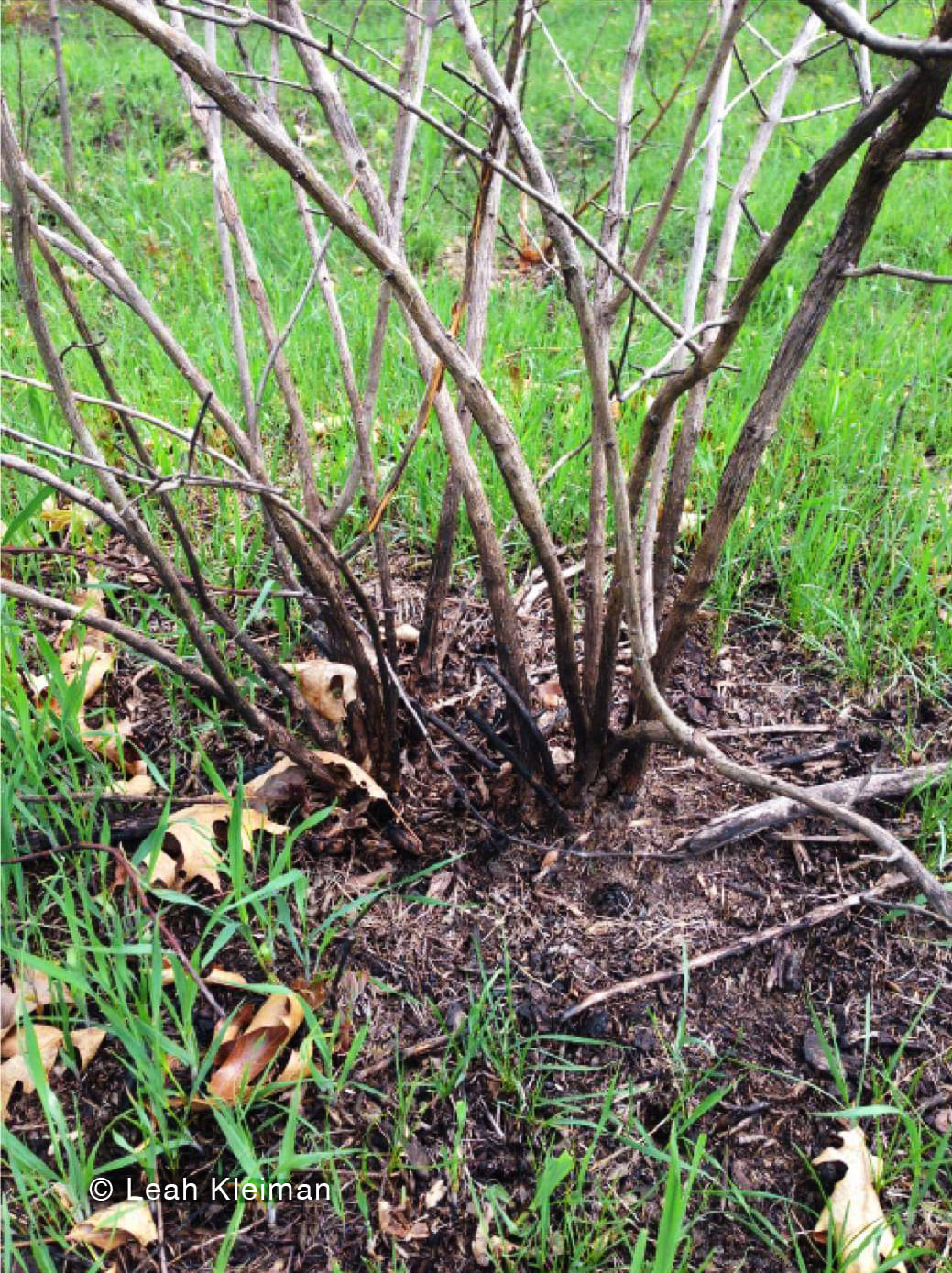
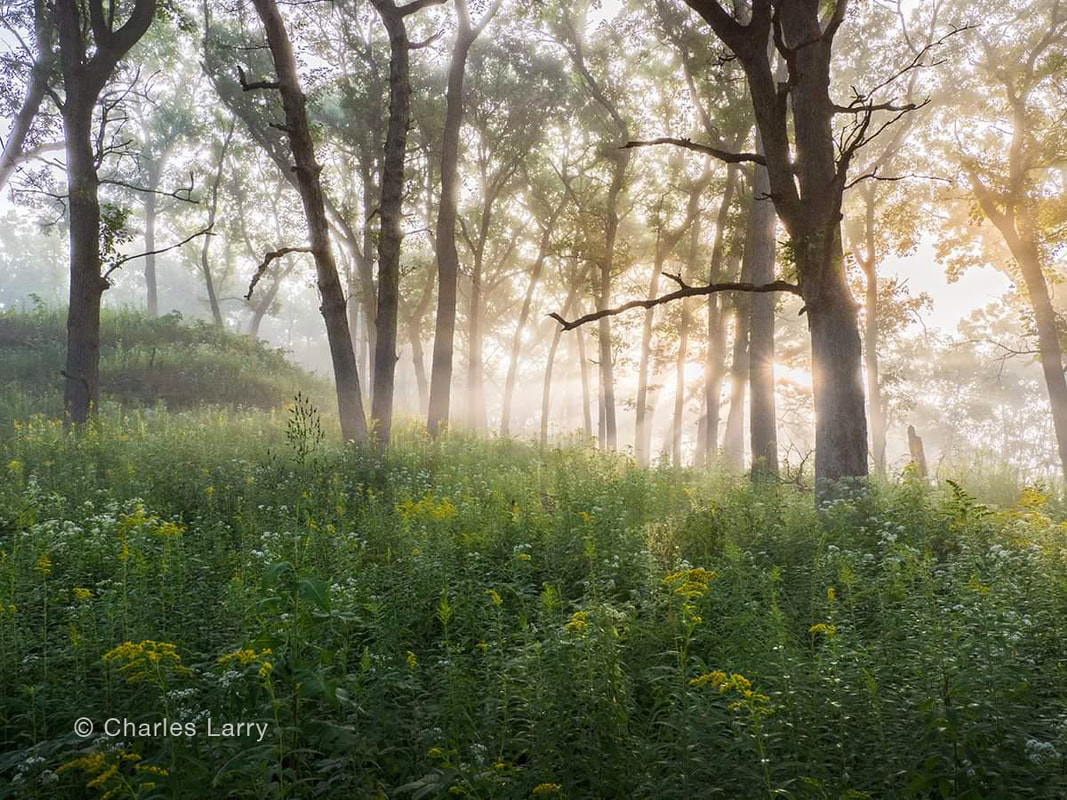
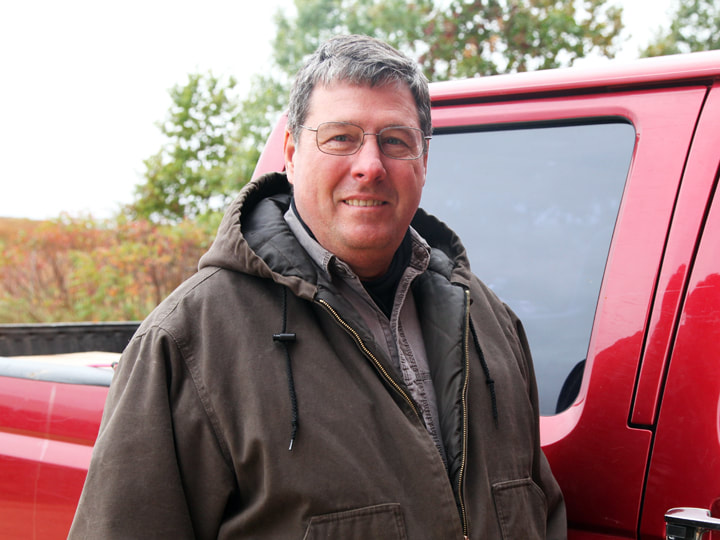
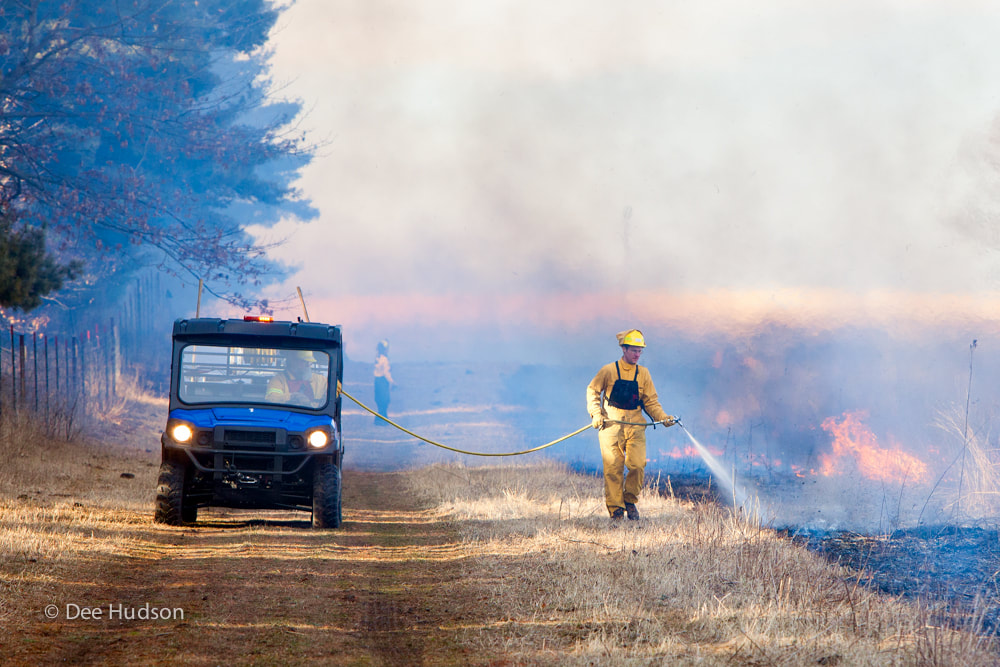
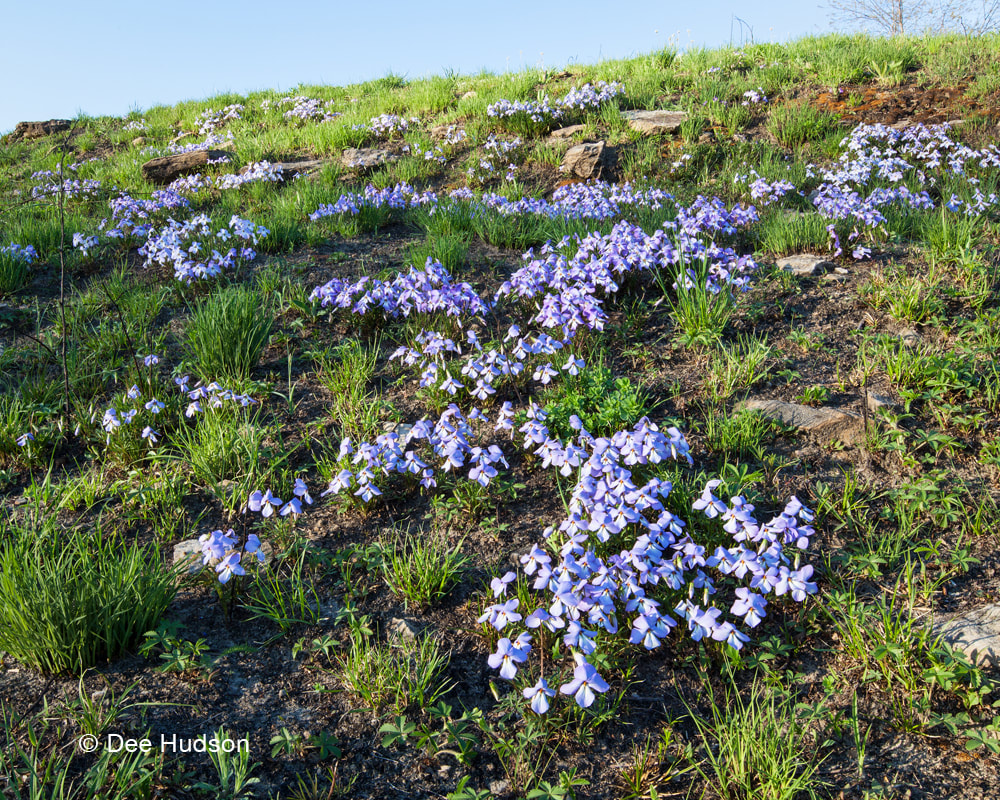
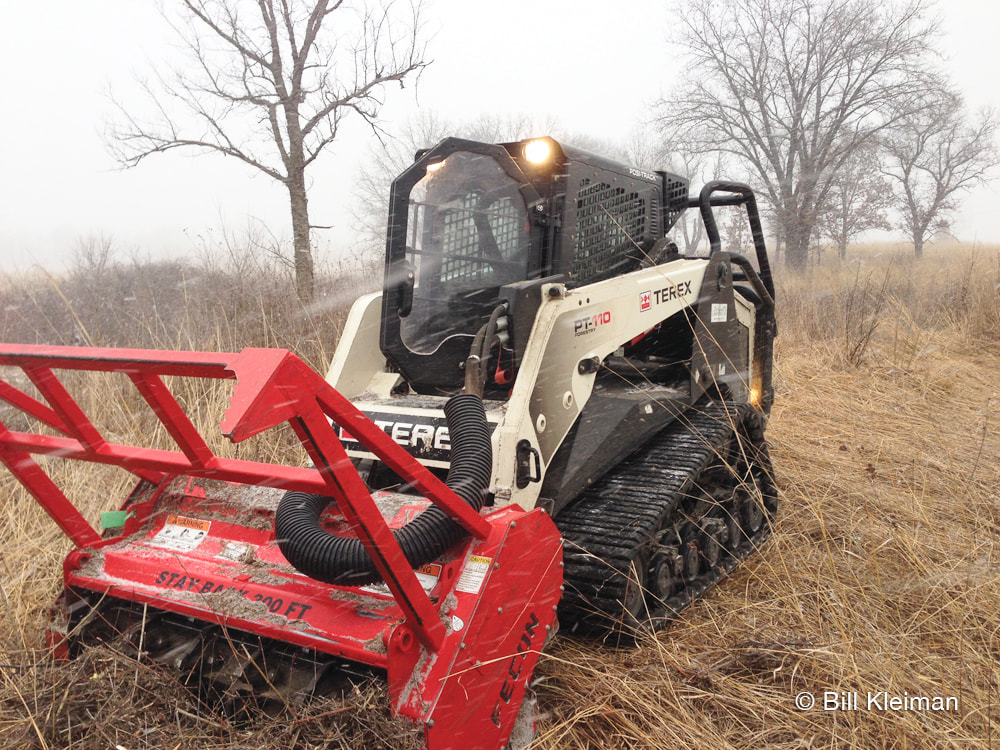
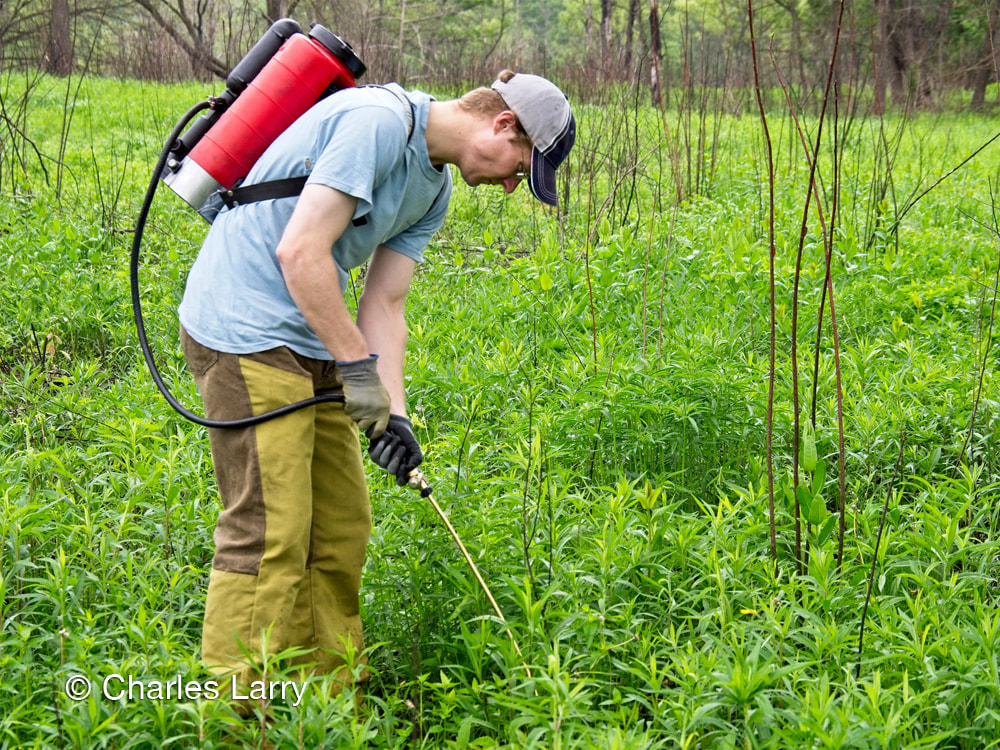
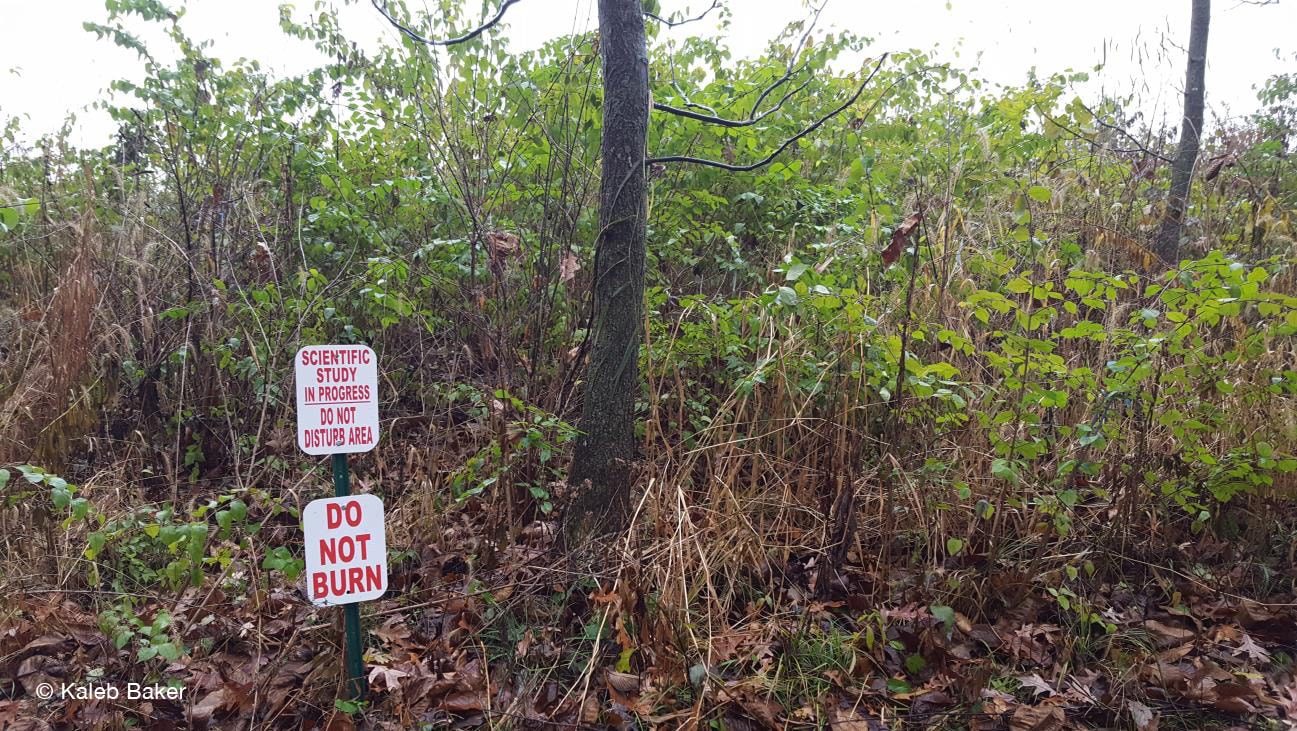
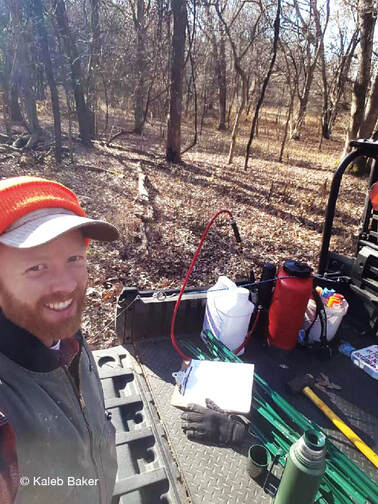
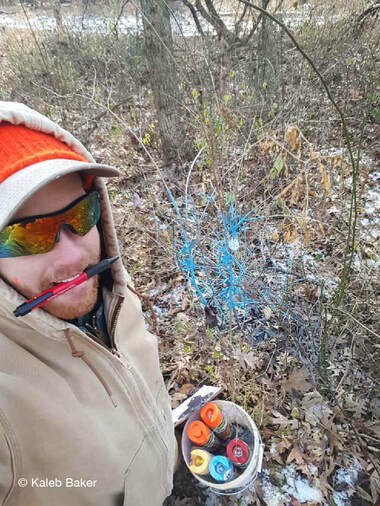
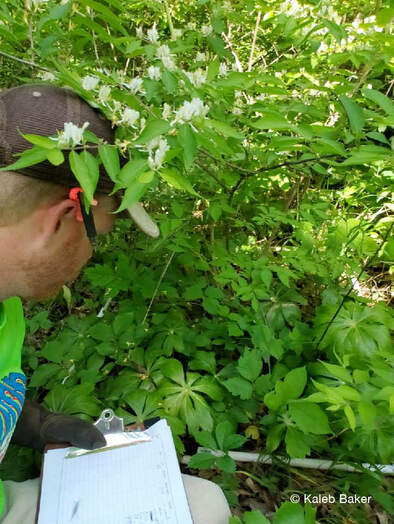
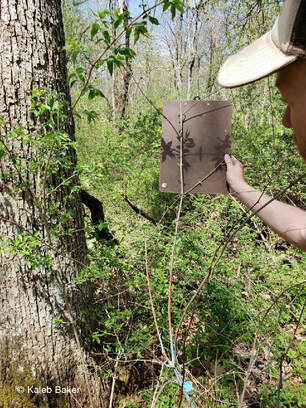
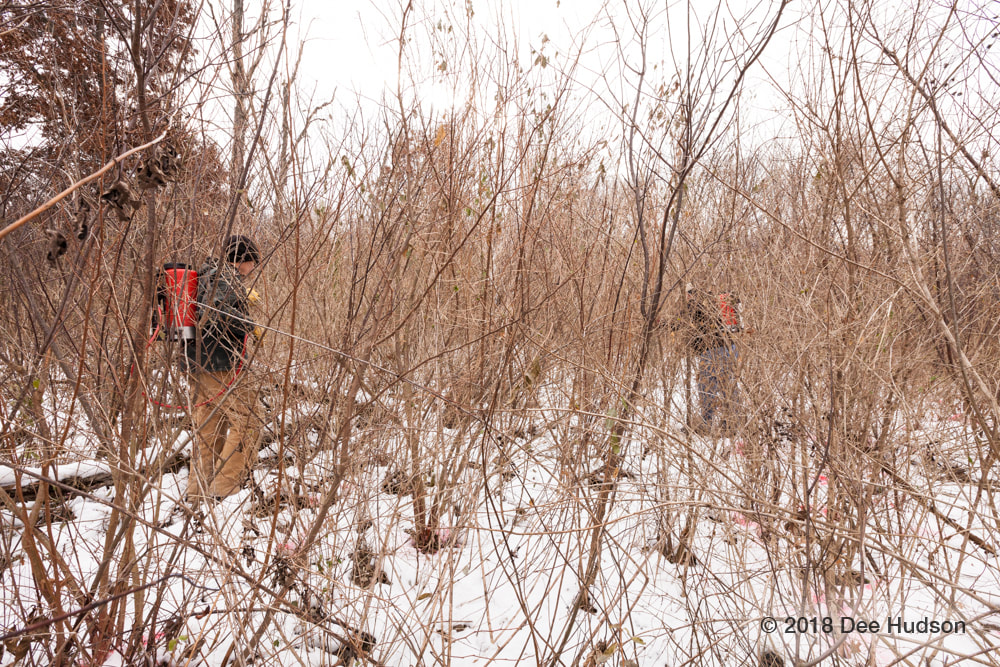
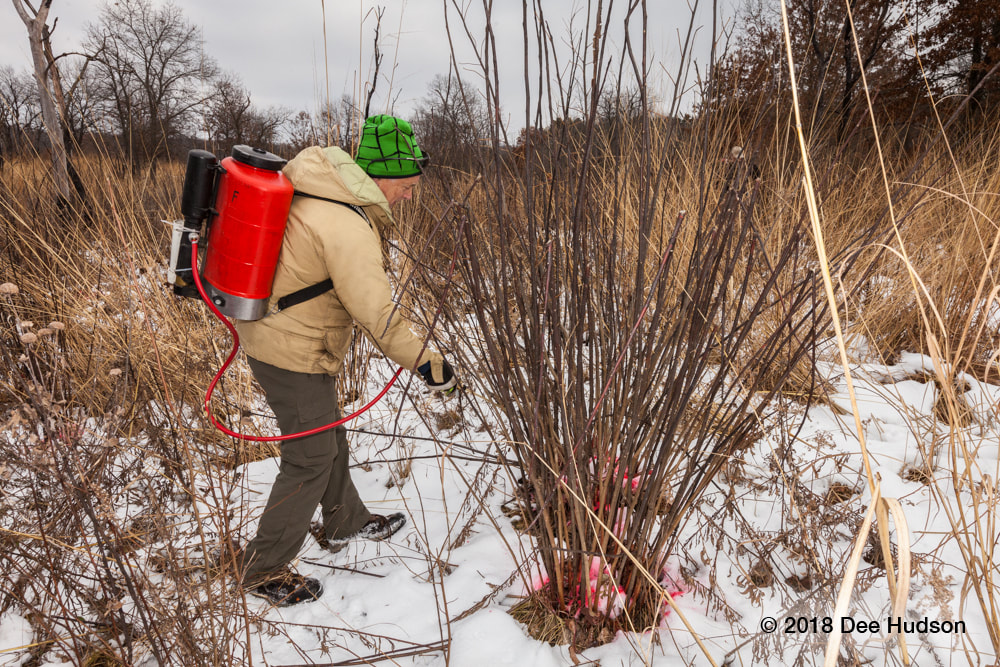
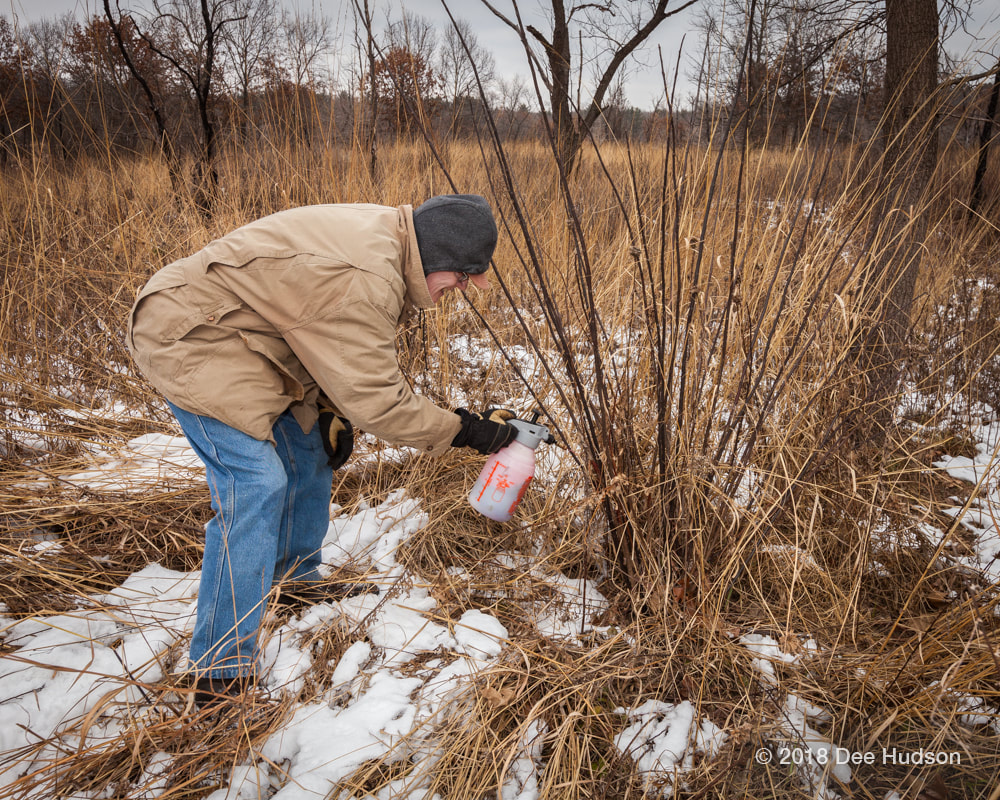
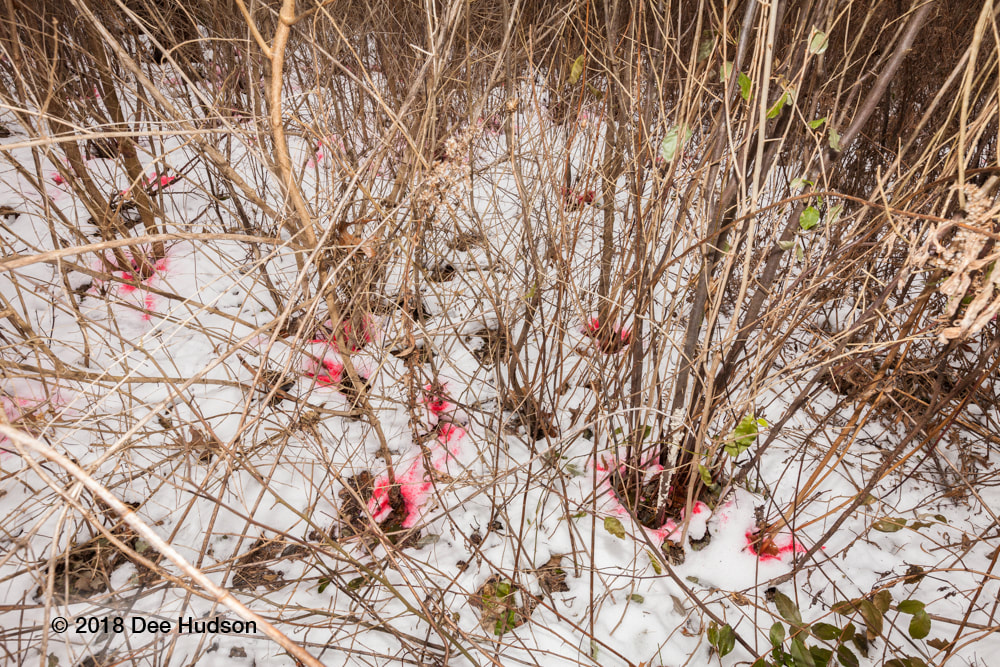
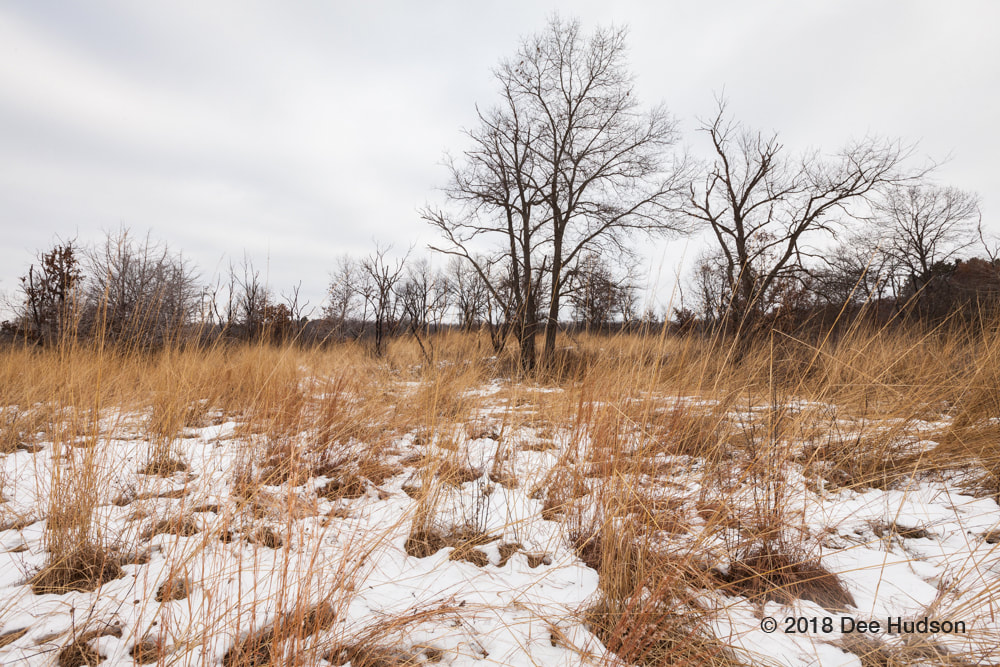
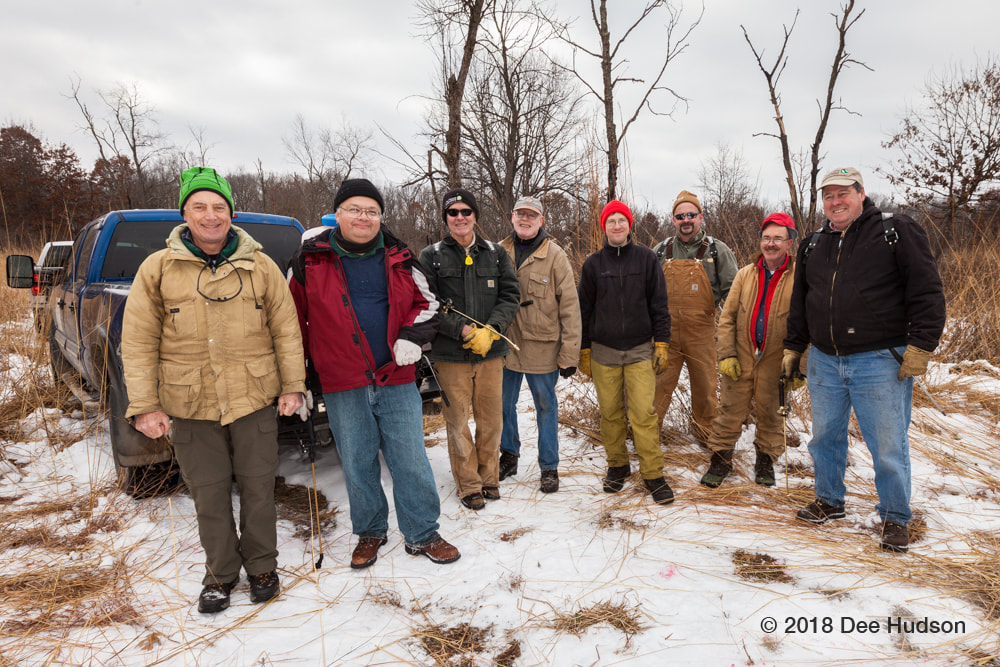
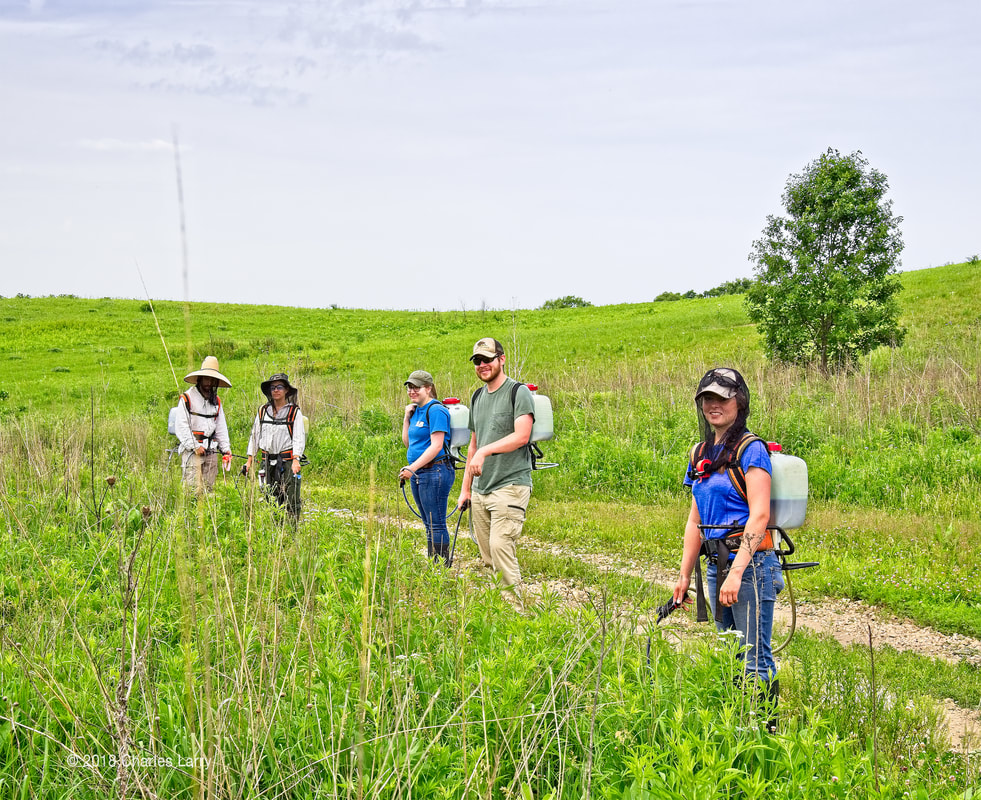
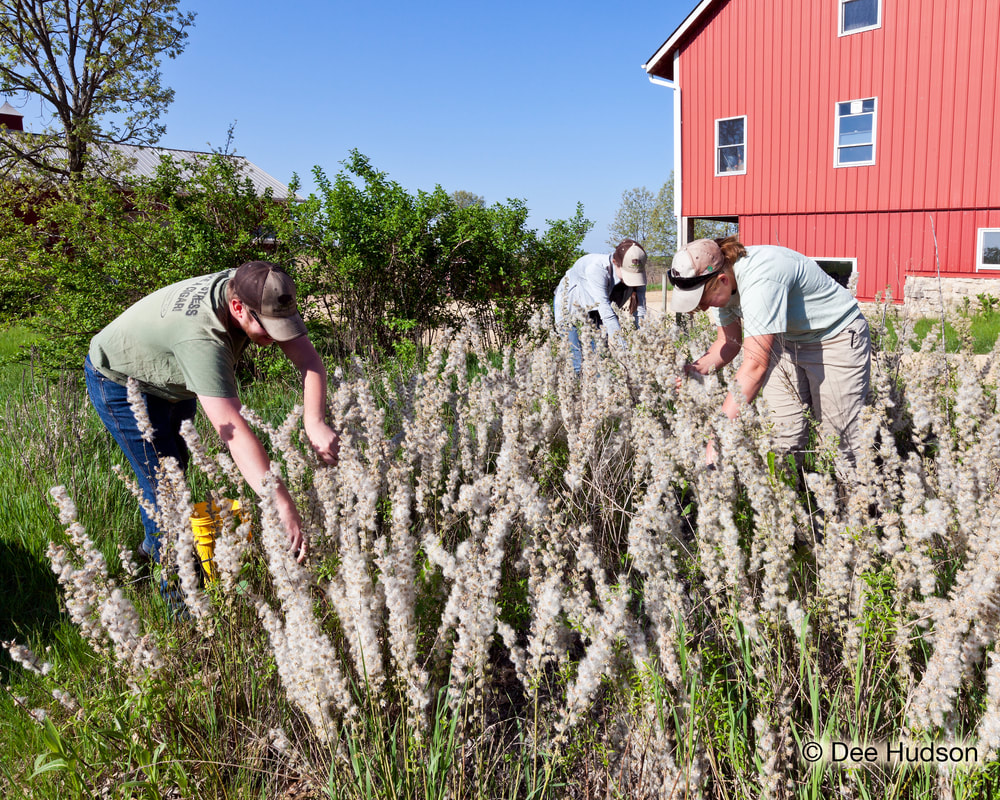
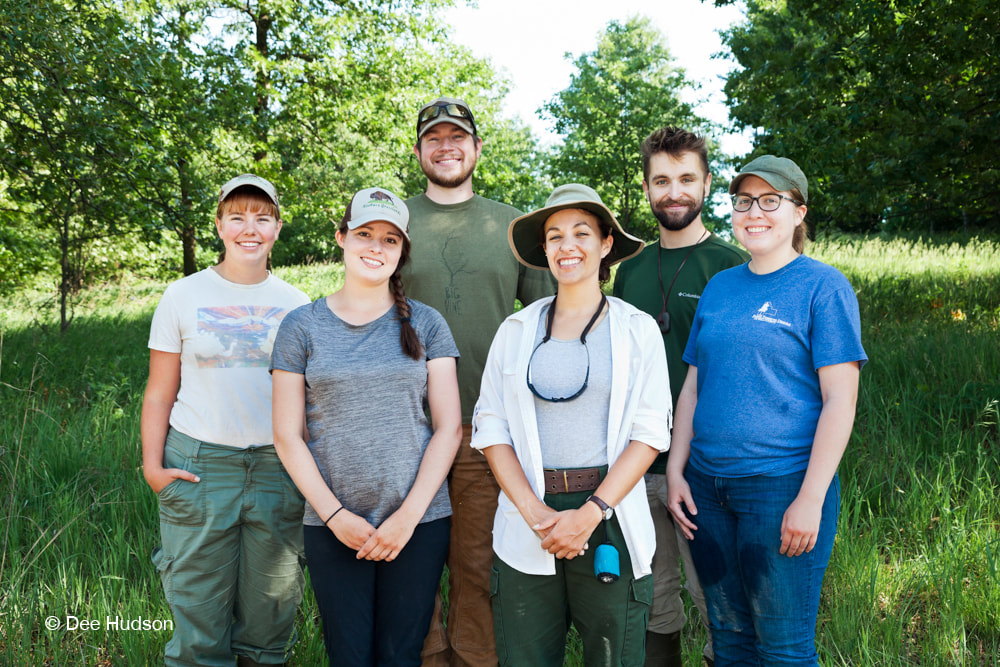
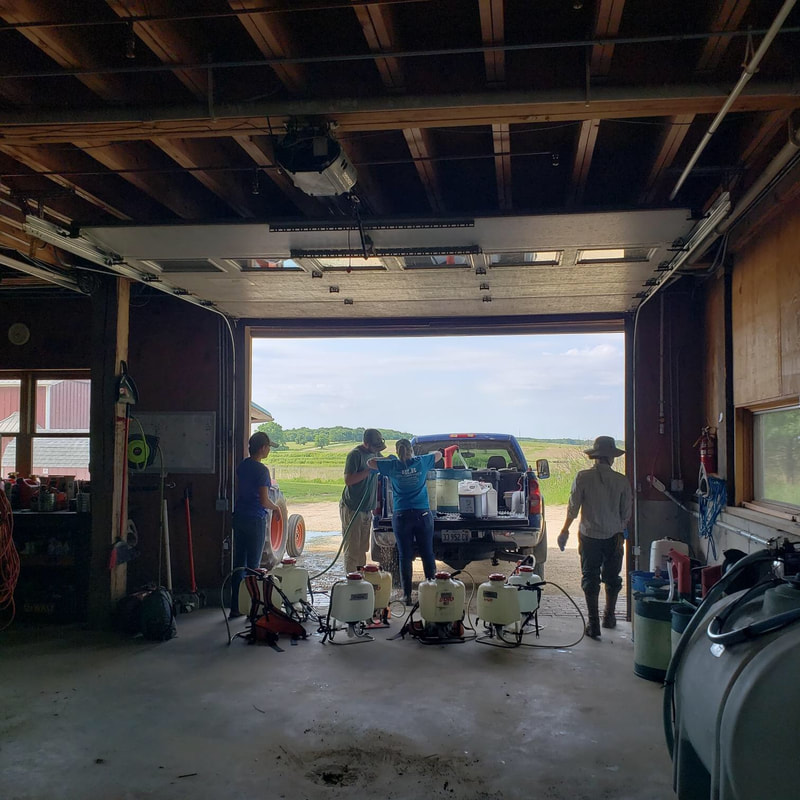
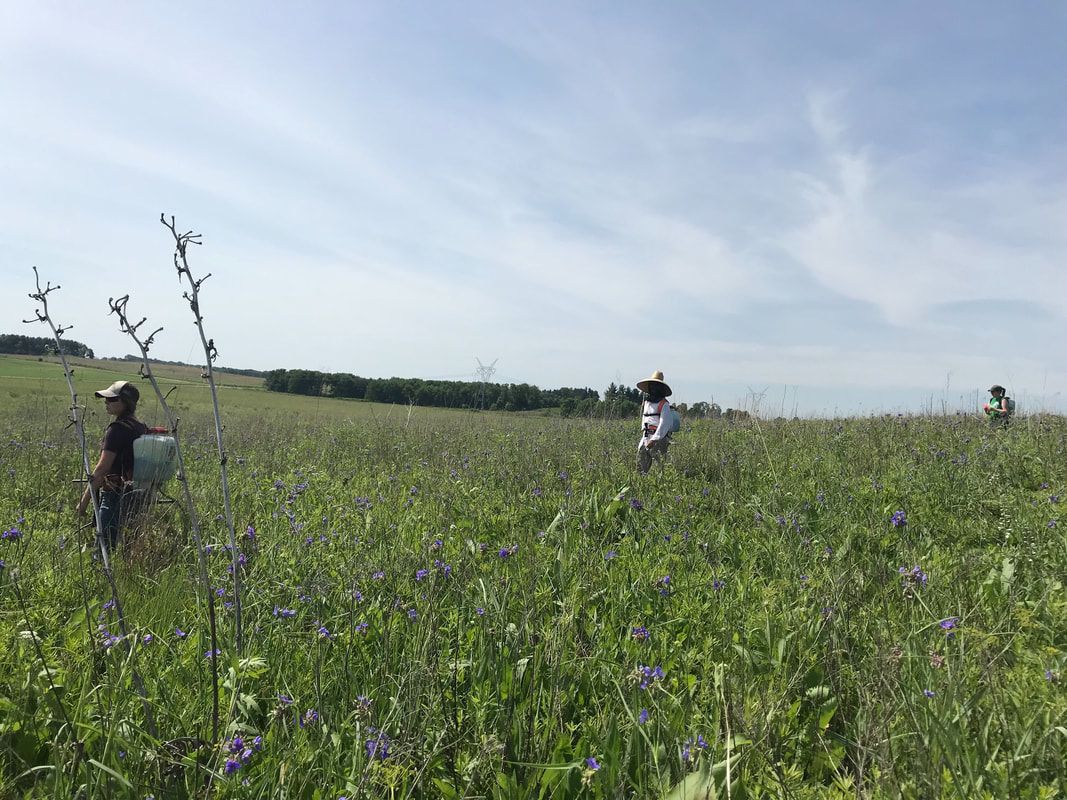
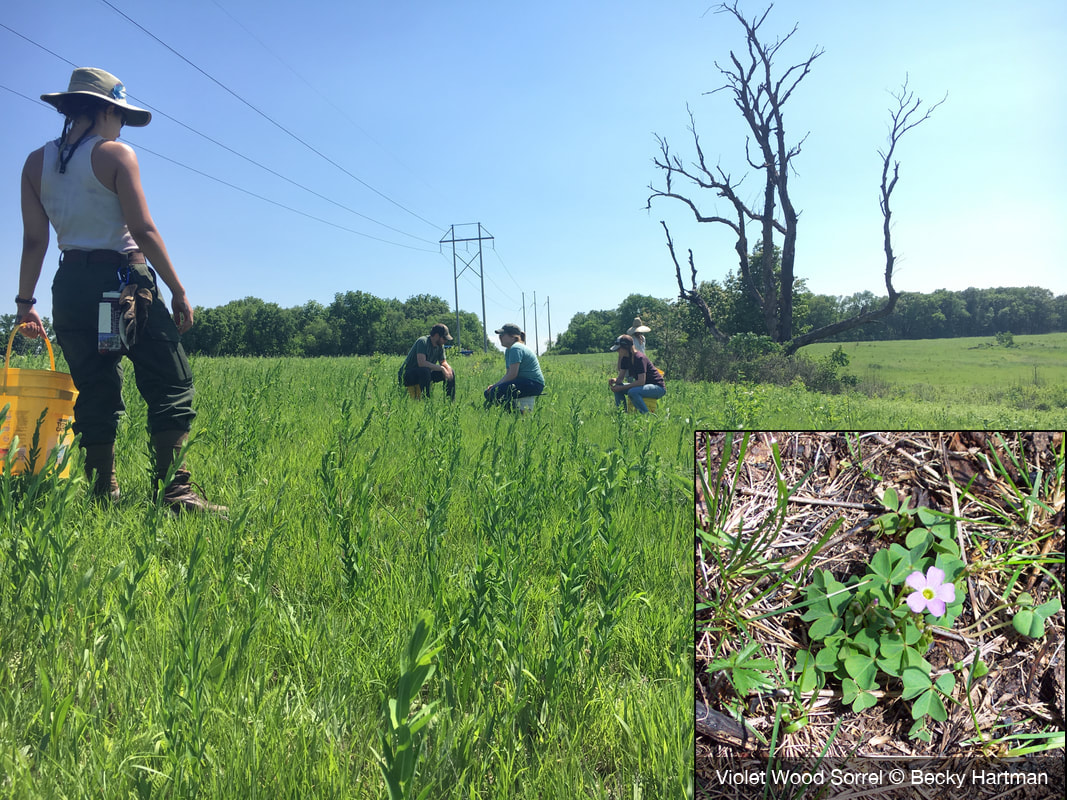

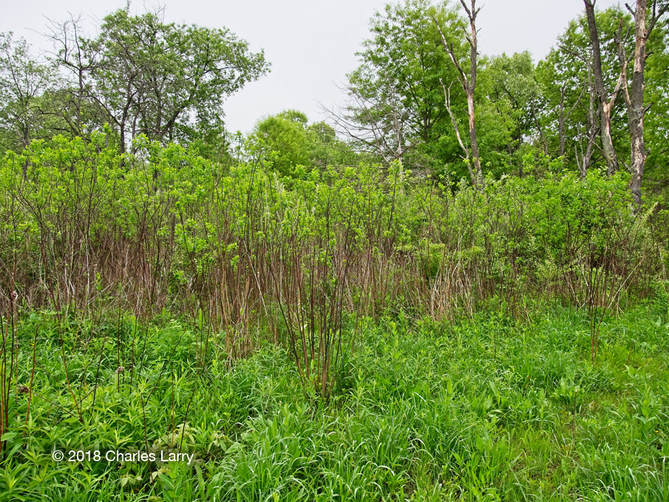
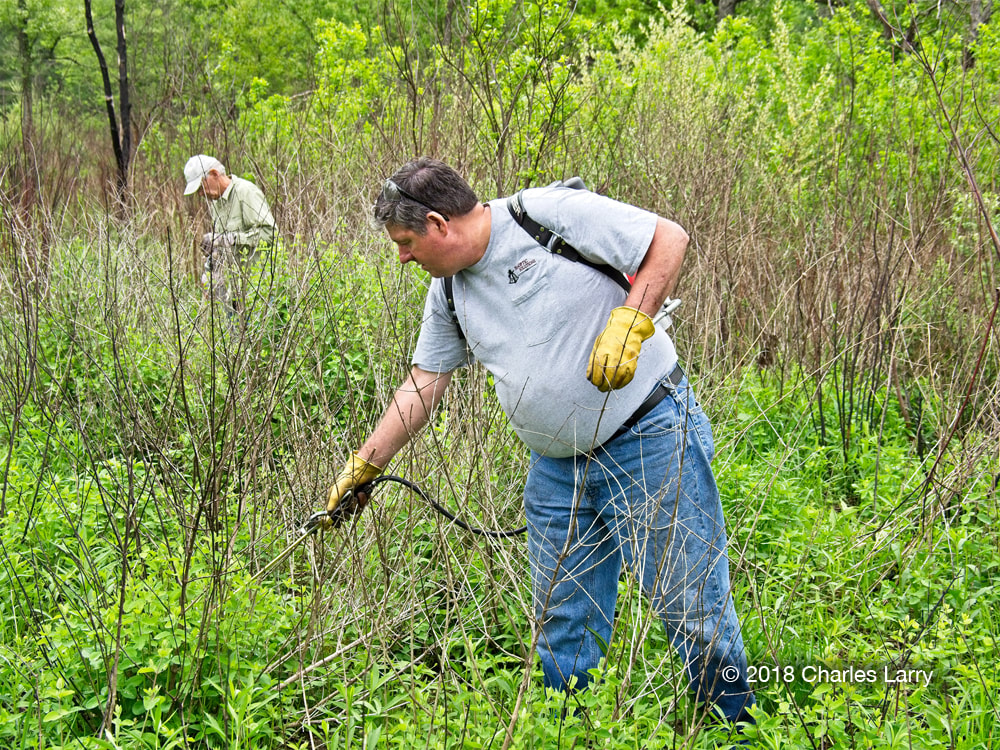
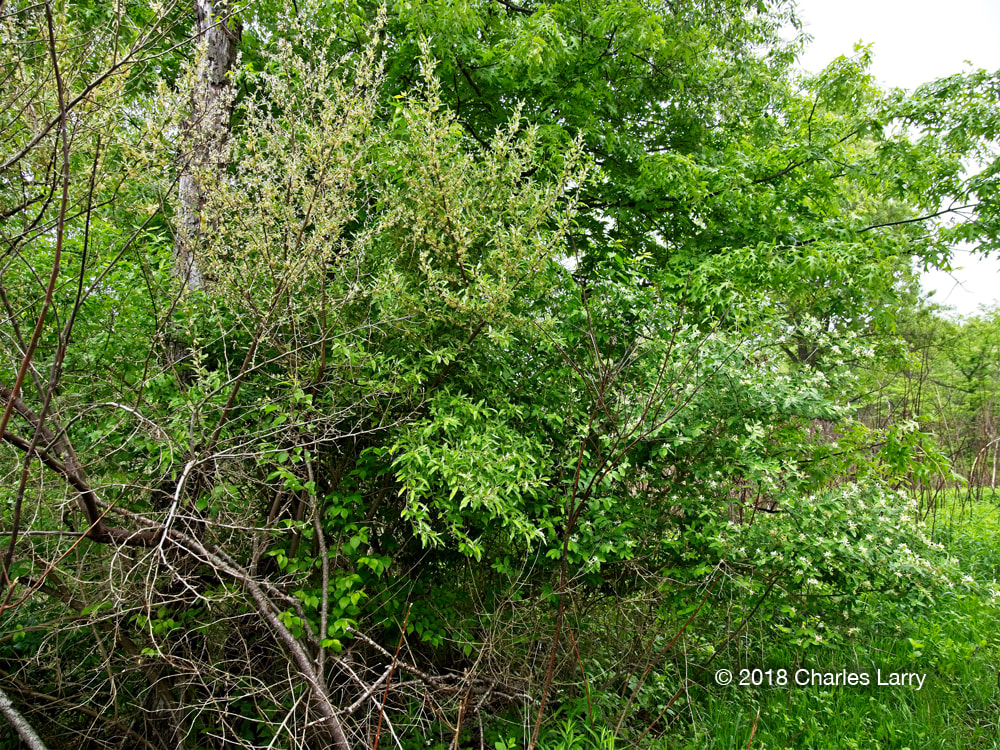
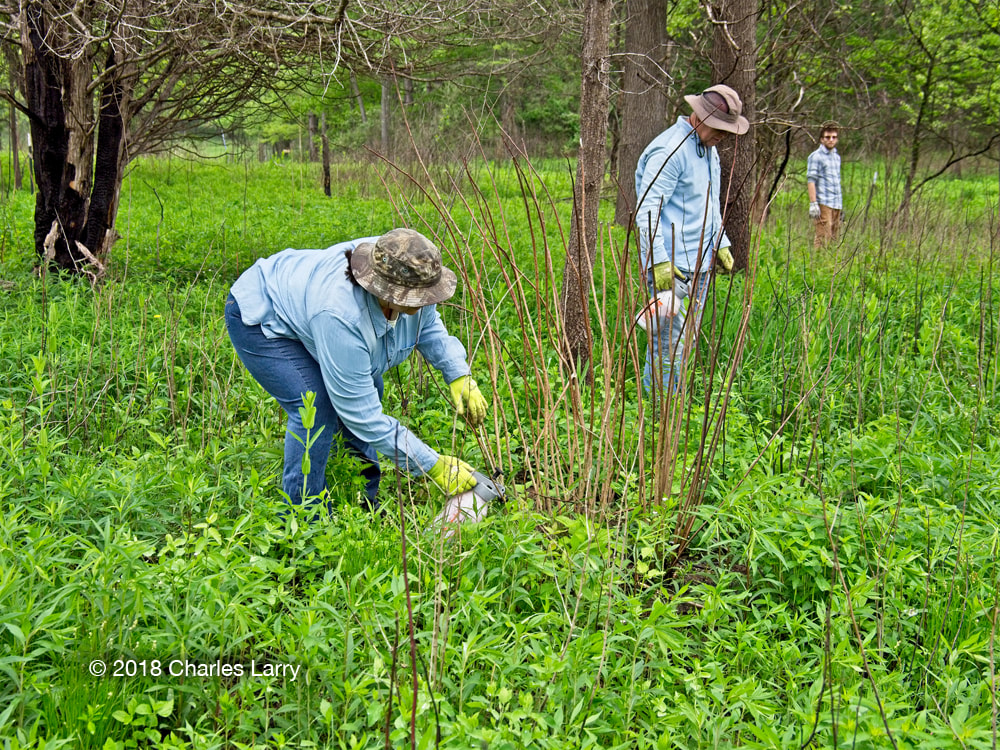
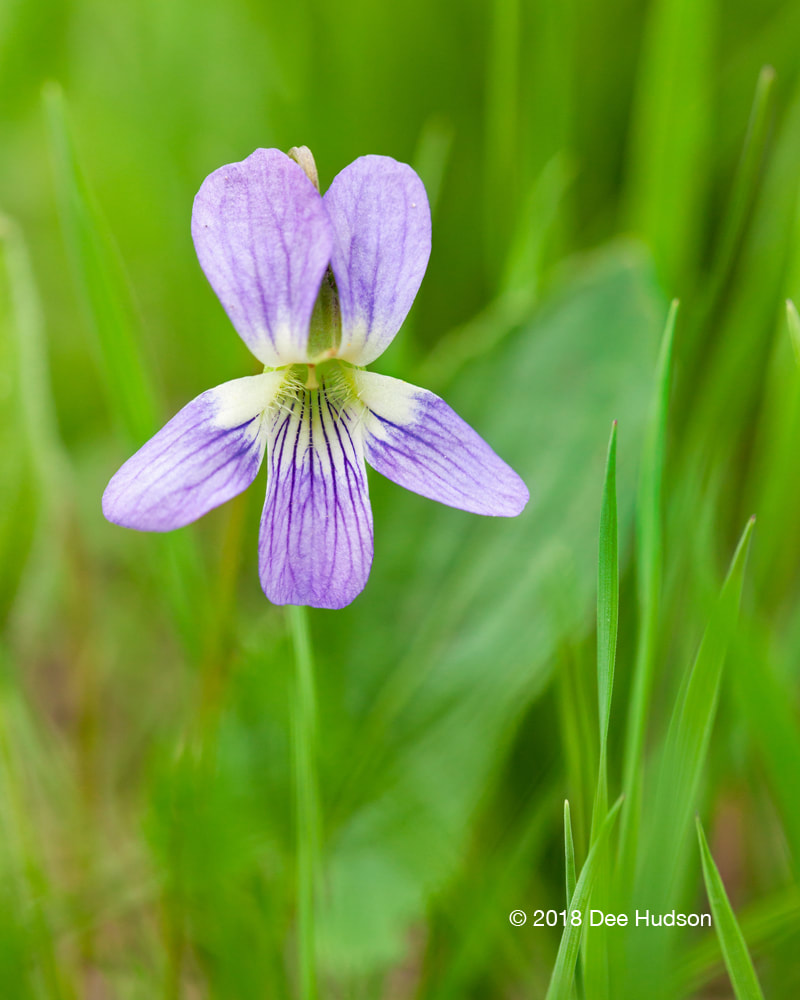
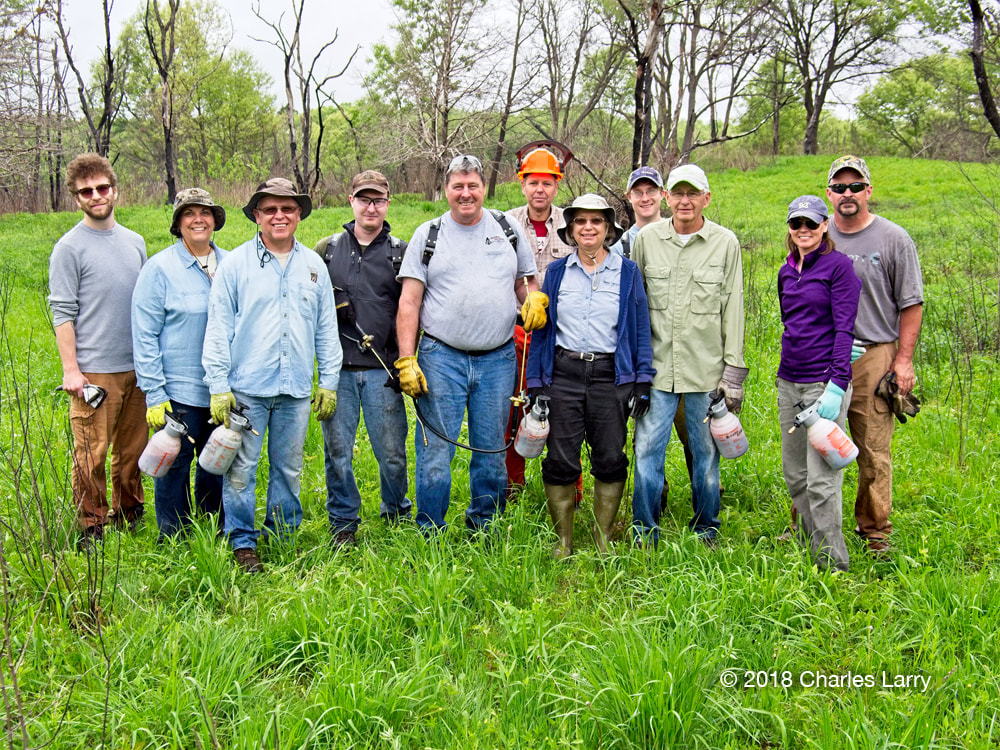
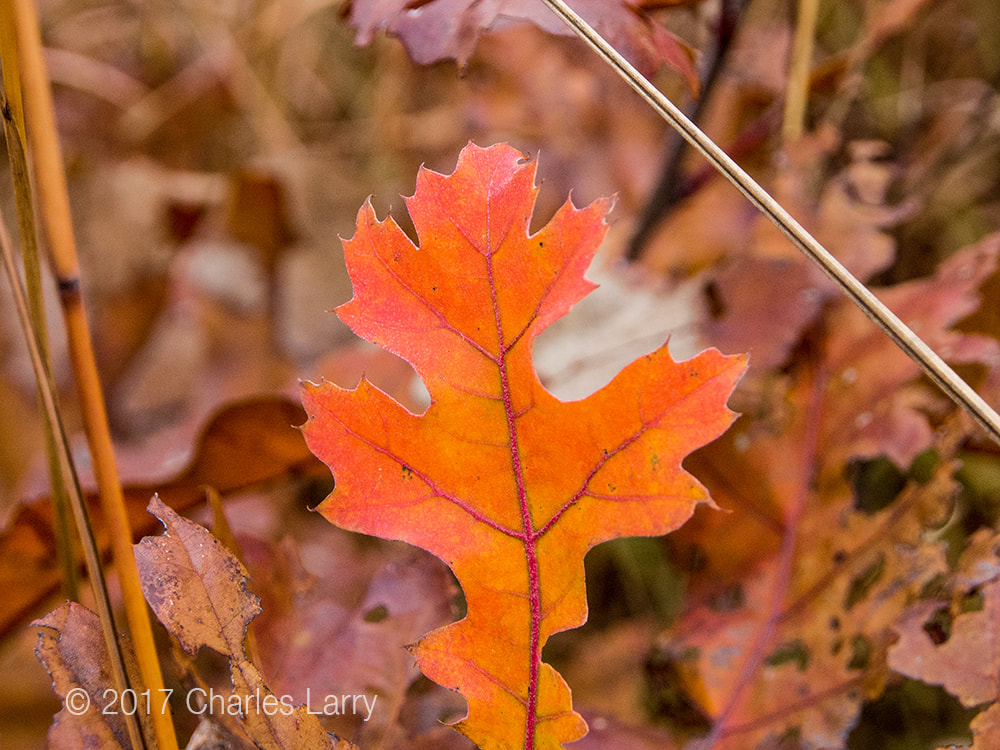
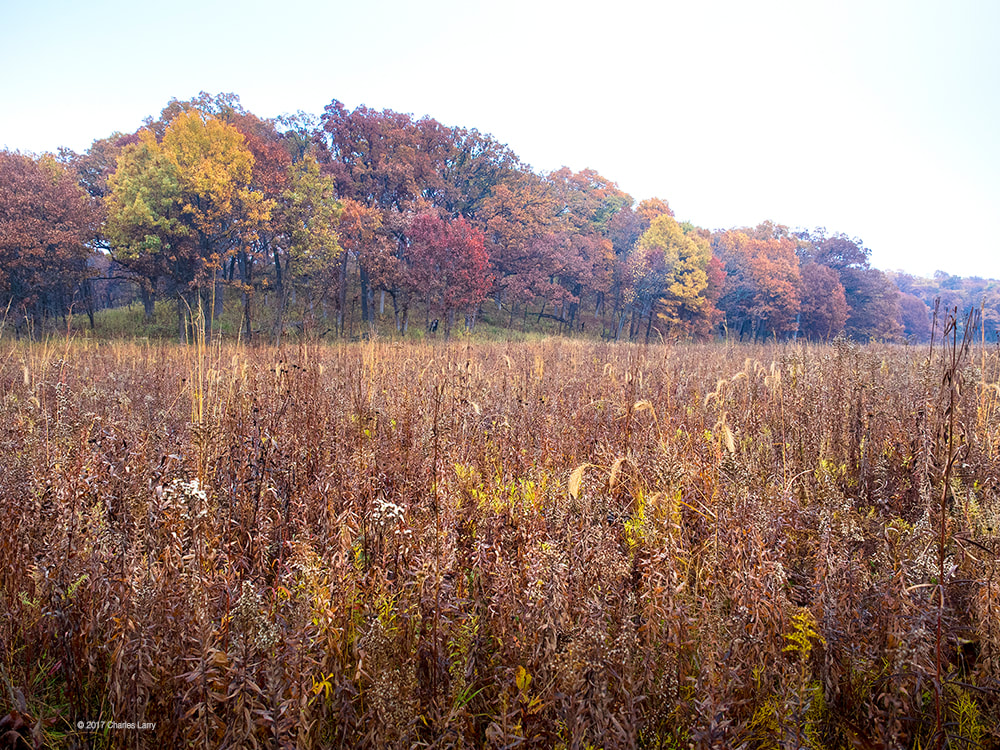
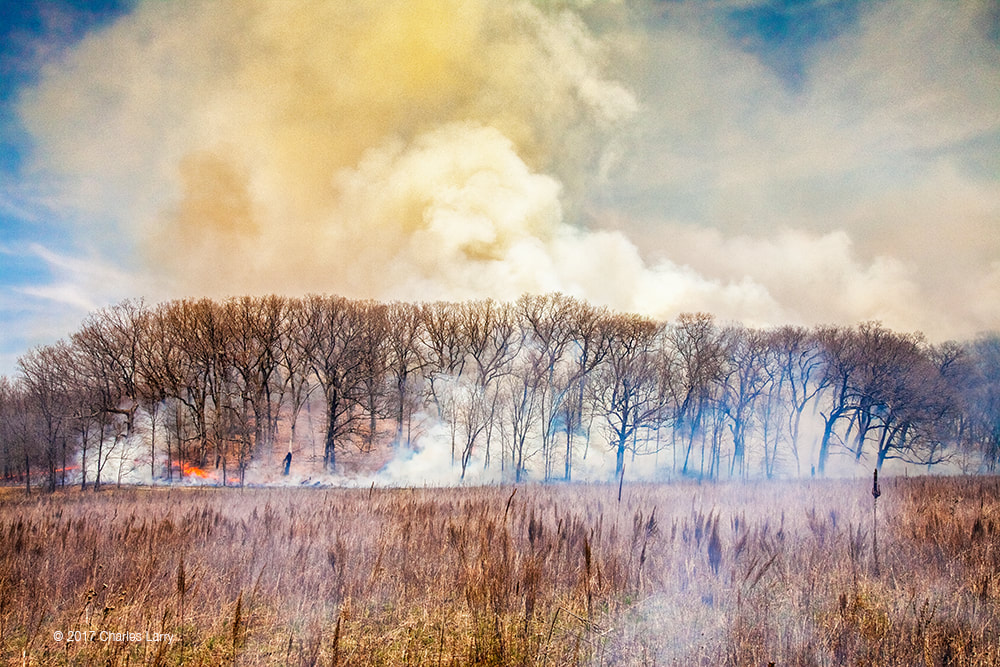
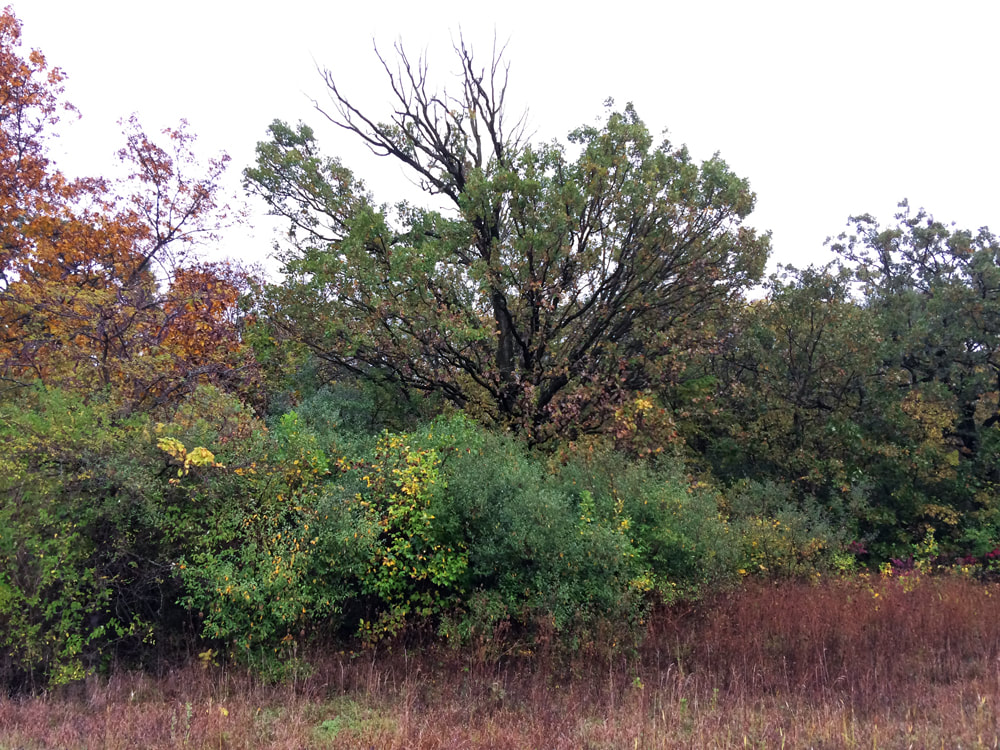
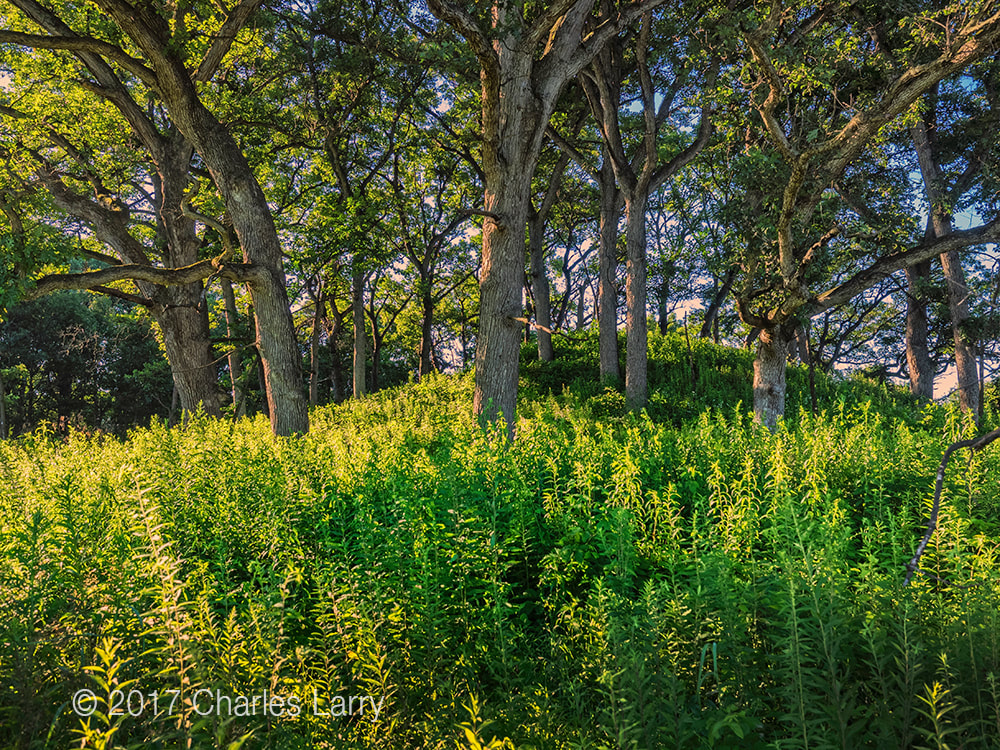
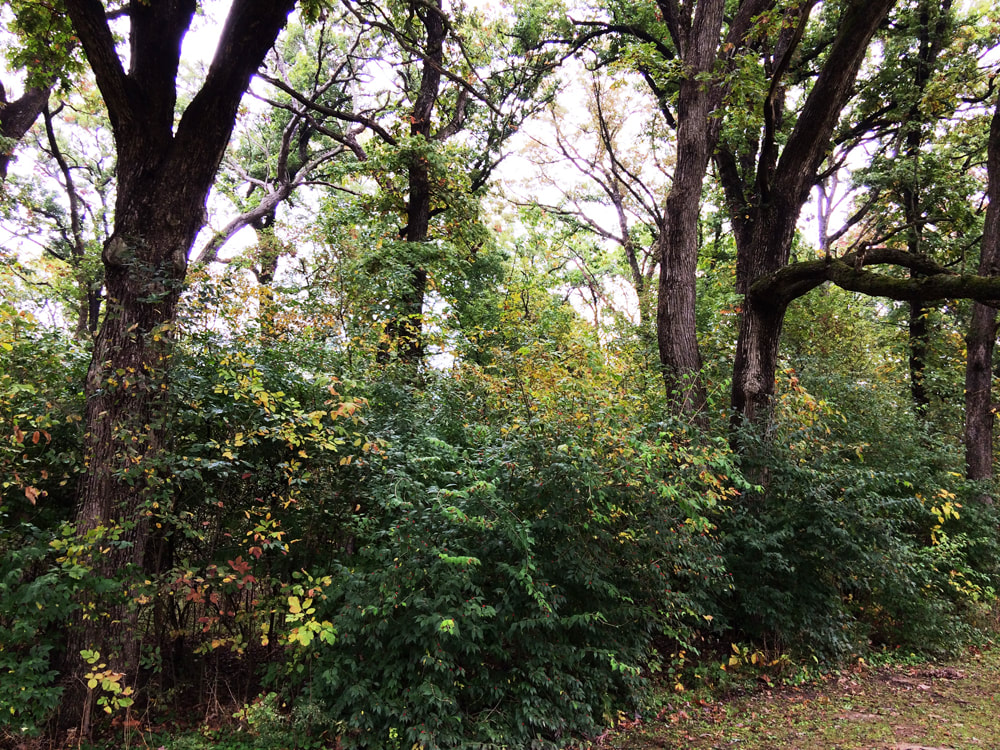
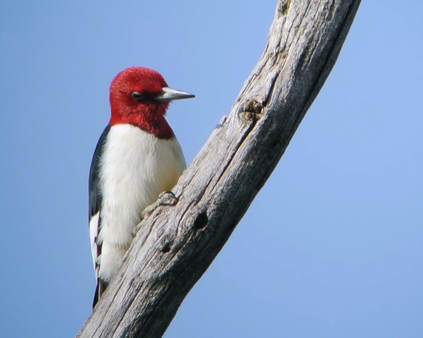
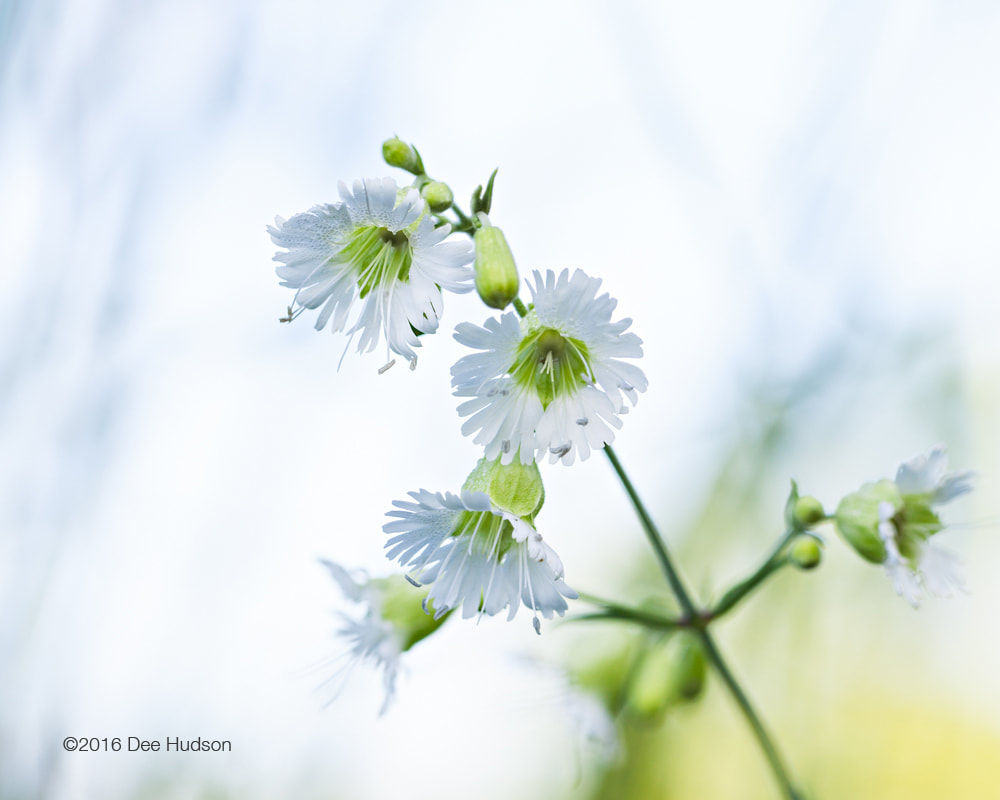
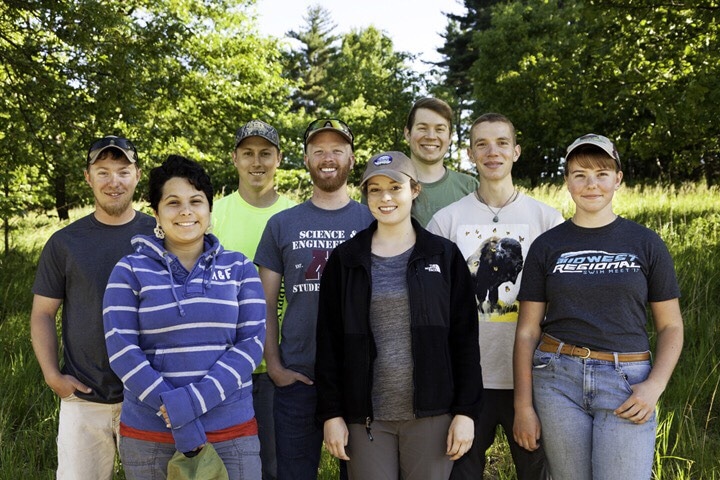
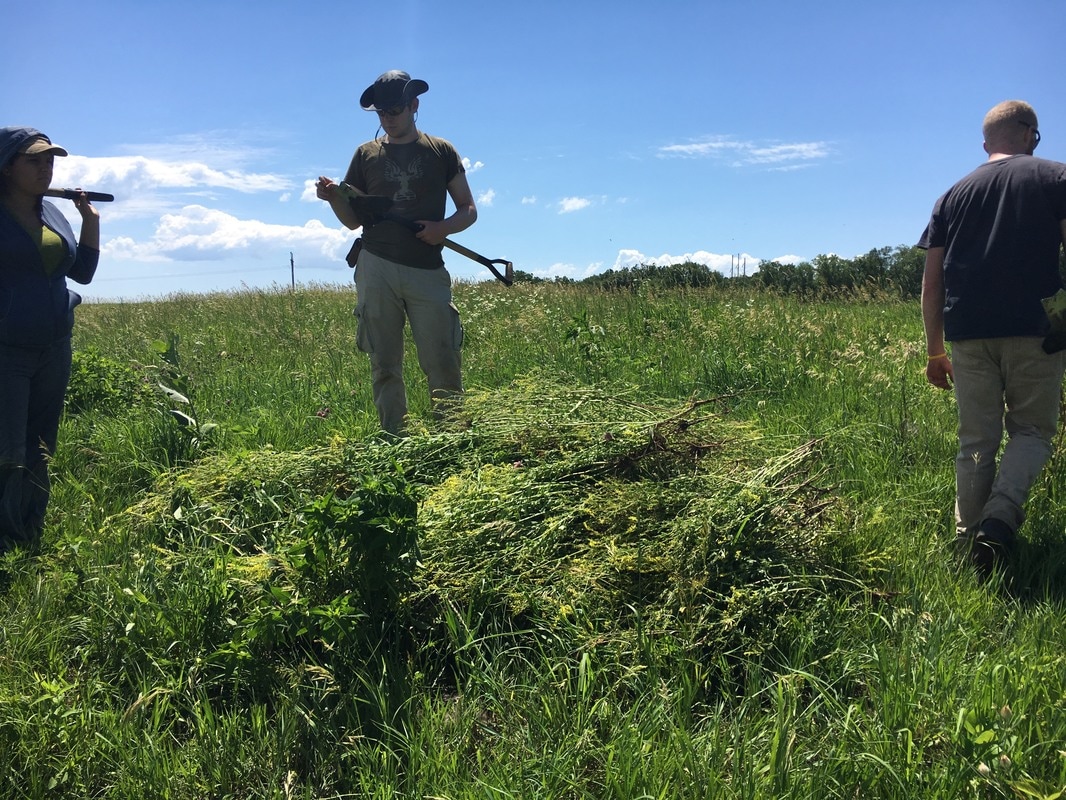
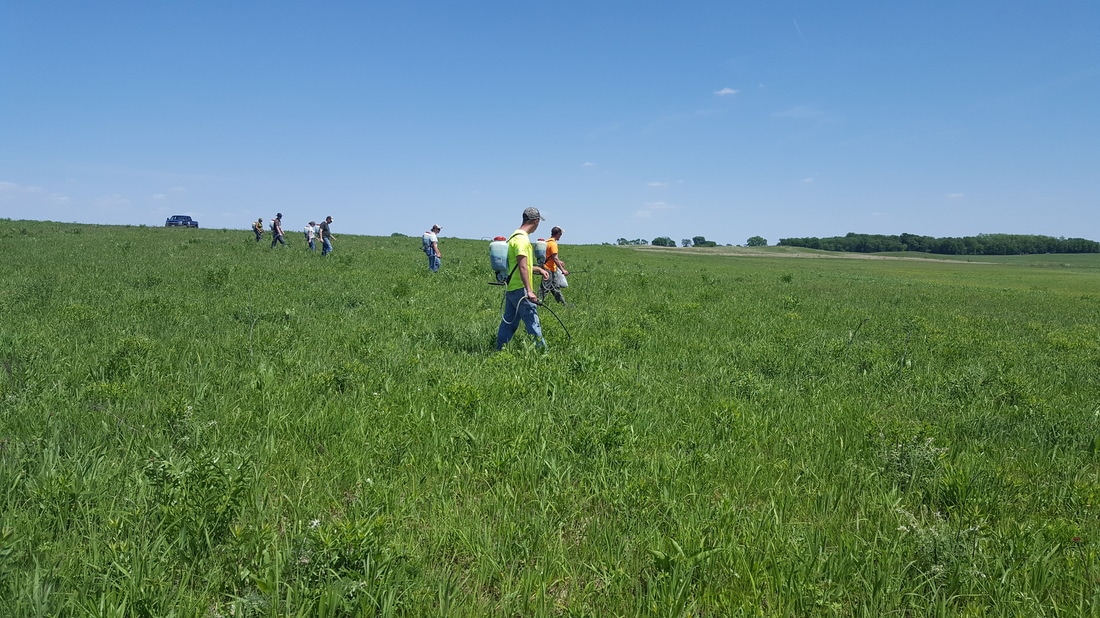
 RSS Feed
RSS Feed